|
The holidays are fast approaching, and nothing sets the mood like the sound of a cork being removed from sparkling wine. It is the quintessential “pop” that signals “let the festivities begin.” With so many styles of sparkling wine available from around the world, it can be daunting as to what wine to choose. Each country and its respective region has its name for sparkling wine, and the selection is vast. The list includes noted wines such as Champagne from the Champagne region, Crémant, made outside of the Champagne region of France, Cava from Spain, and Prosecco and Franciacorta from Italy. And then there is Sekt (pronounced Zekt), a sparkling wine produced in Germany. If you are not familiar with Sekt, then let me introduce you to these palatable wines! A Brief History Sekt, also called “Schaumwein “(sparkling wine” in German), has been called such since the late 1800s. Documents date back to the 18th century, alluding to “wine re-fermenting in the bottle,” but it wasn’t until 1826 that Sekt was first recorded. At the beginning of the 19th century, many German winemakers and winery owners traveled to Champagne to learn the technique of making quality sparkling wine. Among them was Georg Christian Kessler, who worked as an employee at Veuve Clicquot and then brought his expertise back to Germany. He established Sektkellerei Kessler in 1826, located near Stuttgart, the oldest sparkling wine producer in Germany. They only make Sekt using the traditional method (Klassische Flaschengärung in German,) where the second fermentation takes place in the bottle. Many of the German winemakers who traveled to Champagne back then remained in France and established Champagne houses that are thriving today like Krug, Mumm, Taittinger, Roederer, and Bollinger. World War 1 and II brought devastation to the vineyards, economy, and the downfall of sparkling wine in Germany. It wasn’t until the 1960s when a new method of making sparkling wine, other than the traditional method, was introduced, called the Charmat (tank) method (second fermentation takes place in the tank). This led to faster and more economical production, but unfortunately, the quality went down as production quantity revved up. However, the traditional method was not lost entirely. In the 1970s, young winemakers once again sought guidance from Champagne and became educated on the importance of terroir, which plays a vital role in the outcome of the wine, and production techniques. By the late 1980s, several winemakers set out on a mission to bring Sekt back to its original status. One of these innovators is Volker Raumland who founded Sekthaus Raumland in 1990. He has been described as the pioneer who “dared to start a new quality revolution in German Sparkling Wine. His two daughters Marie-Luise and Katharina joined the family estate in 2020, continuing with the same passion and love for high-quality German sparkling wine that their parents had and still have.” Sekthaus Raumland is dedicated strictly to pioneering modern, high-quality German Sekt. The estate doesn’t produce a single still wine! Raumland’s renowned high-quality sparkling wines made Volker a popular partner for other German wineries looking to make their own sparkling wines. In fact, Raumland makes Sekt for approximately 40 to 50 other German wineries. Today, Germany is making significant strides with sparkling wines. Here are some statistics. ➣Germany is the third-largest sparkling wine producer, with Italy number one and France following second. ➣Germany produced 9.0 million hectoliters of wine in 2019 (even though this is from the 2020/2021 report, the most recent figures are all from 2019). ➣Germany is the largest consumer of sparkling wine, with France, the US, Russia, and Italy following respectively. ➣3.4 million hectoliters of Sekt were consumed by Germans in 2019. ➣Germany is the 4th largest consumer of total wine; 20.4 million hectoliters in 2019. The USA tops the list with France and Italy following respectively. Stats provided by Wines Of Germany Most of the low-quality Sekt is consumed in Germany and not exported. It can be made with German grapes or bulk wine from other European countries. Fine German Sekt, Traditionelle Flaschengärung, is exported in very limited quantities, but smaller estates are now striving to make fine Sekt. When looking at a Sekt wine label, keep this chart in mind. Deutscher Sekt It must be made from German base wine. It can be made in the tank (minimum 90 days on yeast, 30 of those with continuous mixing). It can be made with traditional bottle fermentation (minimum nine months on lees). Deutscher Sekt b.A. It is the same as above but with a minimum of 85% of the grapes sourced from one of Germany’s 13 wine regions. Winzersekt It must be made by traditional bottle fermentation, with a minimum of nine months on lees. However, most winemakers far exceed that length. It must be 100% estate-grown fruit. The label must state grape variety and vintage. For more information about wine classification, sweetness levels, new regulations and quality standards for German wine, and an interview with Ernst Loosen, please refer to my article German Rieslings, First Stop Mosel. Riesling is Germany’s most celebrated grape variety, with the world’s largest vineyard area of 23,000 hectares dedicated to this grape. So, it stands to reason that Riesling plays a dominant role in the production of Sekt. However, Chardonnay, Spätburgunder (Pinot Noir), Weissburgunder (Pinot Blanc), and Grauburgunder (Pinot Gris) are also used, in addition to other varieties. Germany has ideal conditions for growing grapes to make sparkling wine. The climate, terroir, and especially the mineral-rich, slate soil yields light-bodied, high-acid wines. Styles range from extra dry to sweet. And sparkling wines made by Traditionelle Flaschengärung have so much depth and character. So, let’s explore some Sekt! Dr. Loosen The Dr. Loosen estate has been in the same family for over 200 years. When Ernst Loosen assumed ownership in 1988, he realized that he had vines in some of Germany’s best-rated vineyards. To maximize the potential of those vines, he dramatically crop-sized, uses only organic fertilization, insists on very strict fruit selection, and employs gentle cellar practices with a minimum of handling. Dr. L Sparkling Riesling NV (Deutscher Riesling Sekt) This wine is made with 100% Riesling using the Charmat method. It is very aromatic with floral and citrus notes that continue onto the palate with white stone fruit, apple, and pink grapefruit. Creamy bubbles and lively acidity complete this fruit-forward wine. Alcohol: 12% SRP: $16 Dr. Loosen Riesling Sekt Extra Dry NV This sparkling wine is made with 100% Riesling sourced from estate vineyards in the Mosel region and produced using Traditionelle Flaschengärung, with 15 months on the lees in bottle. It has all the classic aromas and flavors that one would expect from a Riesling with green apple, peach, nectarine, and racy acidity. Persistent, fine bubbles envelop the mouth, and hints of white stone fruit linger on the finish. Alcohol: 12% SRP: $25 Erni Loosen said, “Our Dr. L Sparkling and the Dr. Loosen estate Riesling Sekt are meant to be enjoyed as young wines. Personally, though, I much prefer sparkling wines with age, when the bubbles have calmed down, and they’ve had time to develop tertiary aromatics. So that’s what we do with the Pinot Noir Rosé Sekt. It’s done with the classic champagne method, with extended maturation in bottle. We started with five years on the lees before disgorgement and are working up to ten years. That’s when the wine really becomes interesting to me. It’s more complex and more harmonious. That’s what I look for in sparkling wine.” Dr. Loosen Pinot Noir Rosé Sekt Brut 2011 When Erni purchased a small parcel of vines in the Ürziger Würzgarten vineyards, a grand cru site in the Mosel region, he thought it was entirely Riesling. It wasn’t until the onset of the grapes ripening in the summer that Erni discovered this parcel was Pinot Noir! The question became what to do with these grapes since there isn’t a strong tradition of Pinot Noir on the Mosel. Erni combined his love for Pinot Noir and passion for great sparkling wine to produce this Rosé Sekt. 2011 is the first vintage release of their 100% Pinot Noir Rosé Sekt. It is produced using Traditionelle Flaschengärung with five years of bottle aging on the lees before disgorgement. Beautiful aromatic notes of floral and berries spill onto the palate with cherry, raspberry, vibrant acidity, and minerality. Creamy and persistent bubbles add to the lushness of this wine. Alcohol: 12.5% SRP: $35 Villa Wolf Pinot Noir Sparkling Rosé NV (Deutscher Sekt) Erni Loosen owns Villa Wolf, located in the Pfalz region in the Rhine river valley in southwest Germany, directly north of France’s Alsace region. The Villa Wolf varietal line-up includes exceptionally affordable, classic Pfalz wines made from traditional grape varieties. Because the Villa Wolf Pinot Noir Rosé still wine is so popular, Erni decided to make a sparkling version. Like Dr. L, the Villa Wolf Sparkling Pinot Noir Rosé is made using the Charmat method. Lovely aromas of floral, berries and watermelon, give way to a light and refreshing palate with a nice balance of acidity and minerality and a gentle spritz. Alcohol: 12.5% SRP: $16 Robert Weil Rheingau Riesling Sekt Brut 2018 The 2018 Robert Weil Riesling Sekt Brut is produced by the top Sekt producer in Germany, Raumland Sektkelleri. Raumland’s renowned high-quality sparkling wines made Volker a popular partner for other German wineries looking to make their own sparkling wines. Partnering with Raumland was an easy decision for Robert Weil because both strive for the highest quality in their wines. The Robert Weil estate was founded in 1875 and is considered one of the finest producers in the Rheingau region. Wilhelm Weil, 4th-generation, now presides over the estate. This 100% Riesling was harvested from parcels neighboring the great Kiedrich Gräfenberg Grosse Lage vineyard. It is produced using the Traditionelle Flaschengärung method and matured on the lees in bottle for 20 months before disgorgement.
Delicious fruit aromas, citrus, and floral lead to a beautiful palate of honeysuckle, pear, green apple, lemon, and minerality. Persistent bubbles, crisp acidity, and a trace of sweetness add to the allure of this wine. Alcohol: 12% SRP: $47 Nicolas Pfaff, Robert Weil Export Manager, added: “The basic wines of our Riesling Sekt Brut originates from vineyards with high elevation, neighboring our very finest ones. Thanks to the perfect conditions for Riesling, with a cool climate, high amount of slate in the soils, and a typical hillside vineyard, Riesling is created. Afterward, these characteristics are refined with a classic “Méthode Champenoise.” The dosage is always a sweet wine from the famous Gräfenberg vineyard. It adds even more profile to an elegant, classy, and racy Riesling that perfectly reflects the grape variety and its origin.” Sekthaus Raumland Cuvée Marie-Luise Brut 2013 The grapes for this 100% Pinot Noir are hand-harvested from Dalsheimer Bürgel and Hohen Sülzer Kirchenstück vineyards located in the “Rheinhessen” region. The wine is produced using the Traditionelle Flaschengärung method and matured on the lees in bottle for 57 months. Raumland states, “The factor “time” plays a role of paramount importance for our sparklings. Since we only produce vintage sparklings, our “youngest” Sekt lies on lees for a minimum of four years. Our most prestigious Sekt even up to 12 years (without losing its freshness and crisp character).” Seductive aromas of brioche, berries, and cherry lead to an amazing palate with creamy bubbles and vibrant acidity. Soft berries, red apples, toasty notes, and minerality from the chalk soil come through. The elegance of this wine lingers with a long and satisfying finish. Alcohol: 12% SRP: $46 All of the above wines can be enjoyed as an aperitif or try pairing with dishes such as seafood, shellfish, appetizers, cheese, grilled fowl, spicy Asian cuisine, or light dinner fare. I asked Stephen Schmitz, senior director of Wines Of Germany, what his thoughts were about the future of Sekt. Stephen: “In the U.S., German Sekt producers have a huge opportunity to compete in the $18-$40 price tier, where I suspect more of the sparkling wine growth will occur in the next decade. Prosecco dominates the sub-$20 category and Champagne the $40+, but no one region or country has a stranglehold on the in-between. Dollar-for-dollar, I think German Sekts in that $18-$40 range are often better and much more interesting than those from most other countries, certainly at that price point. We can’t talk about the future of Sekt without talking about climate change. The reality is that the Earth is warming rapidly, and wine grapes picked for sparkling wines must be harvested at lower ripeness levels than their still wine counterparts; the category is even more sensitive to warming temperatures. In Germany, where historically achieving optimal ripeness has been the major struggle, the worst effects of climate change on viticulture isn’t so much rising temperatures as it is drought, flooding, or just generally unpredictable weather.” Marie-Luise Raumland added a few comments as well on the future of Sekt. Marie-Luise: “Among the smaller but traditional producers in Germany, I believe that German Sekt will have a major impact on that segment of the market. Just recently, the German Wine Institute declared 2019 as the Year of the German Sparkling wine. However, we still have a long way to go. Thirty-five years ago, we started as a small and unimportant producer of sparkling wine, and others were laughing about our vision to create a high-quality sparkling wine that could compete with other sparkling wines (like Champagne). Nowadays, winemakers from all over the world (recently from England, Greece, and even China) called us to ask for advice. That makes us proud and shows that the reputation of German sparkling wine might get back to where it once was. We totally understand that it takes time to gain back reputation.” Stephen also talked about how the Sekt market is changing and who the consumers are. Stephen: “In short, German Sekt is Sekty again! Here in the U.S., German Sekt imports are up 34% by volume and 25% by value in the first half of 2021, according to Gomberg, Fredrikson & Associates. In today’s world, sparkling wine drinkers skew younger than your average wine consumer, which tracks for Sekt too. Over the last 15 years, Americans have democratized our approach to sparkling wine so that it’s not just expensive bottles for special occasions or cheap swill for New Year’s Eve but rather something to be drunk whenever and at a variety of different price points. Interestingly, this has long been the case in Germany, where they drink more sparkling wine per capita than any other country.” Sekt, which was once considered a bland sparkling wine with no imagination, is now in the middle of a bubbly resurgence. So join the celebration, treat your palate and “pop” open a Sekt! Until next time… Cheers! Penina This article was originally published to Santé Magazine. To leave a comment or if you have an inquiry, please contact me at [email protected] Several months ago I journeyed to Franciacorta, located in the Lombardy region of northeastern Italy. My stay was brief, but the sparkling wines produced there left quite an impression on my palate. Upon my return home, I received an invitation to attend a sparkling wine tasting and luncheon in NYC featuring the wines of Mirabella, an established winery in Franciacorta. A small group of us gathered in a private room at the Palma restaurant that was adorned with flowers and a dash of spring! It was festive and a perfect setting to enjoy sparkling wines. For those of you who may have missed my story about Franciacorta, here is a recap. Franciacorta is a small wine-producing area located in the captivating Brescia province in the heart of the Lombardy region of northern Italy. It is a picturesque wine region surrounded by the foothills of the Alps to the east, the Oglio River to the west, the shores of Lake Iseo to the north and Po Valley to the south. It is an ideal setting for sparkling wine production. Due to the morainic origin of this area (rocks and sediments that were carried down by the retreating glaciers), the well-draining alluvial soil is rich in minerals. The climate in Franciacorta is considered warm continental, which is influenced by the Alps. The area also benefits from its close proximity to Lake Iseo, which helps to moderate temperatures and plays an important role in both summer and winter seasons. A beautiful dance takes place between the cool air that descends from the Alps and is then captured by Lake Iseo allowing just the right amount of warmth to spread over the vineyards for the grapes to ripen and reach proper sugar levels. The dance continues at night when the cool air from the higher elevations of the Alps swoops down to bring fresh air and cool the vineyards from the heat of the day. The diurnal temperatures contribute to optimal grape ripening and preserving acidity in the grapes. Although still wine and sparkling wine have been made in this area for centuries, it is Franco Ziliani, a young winemaker working for Guido Berlucchi who is credited for his approach to making the highest quality metodo classico wine with his first vintage in 1961 bearing the name ‘Franciacorta’ on the label. This set in motion the drive for other winemakers to also make the best sparkling wine with the aim for “high quality, not quantity”. In 1967, DOC (Denomination of Controlled Origin) was formed with 11 producers. In 1990, Franciacorta was given official status and the Consortium Franciacorta was founded. As stated by the Consorzio Franciacorta, ”The name on the label – Franciacorta- is a single word that defines the land, the production method and the wine”. In 1995, Franciacorta obtained DOCG status, the highest standard of quality for Italian wine. Today, the Consorzio represents 97% of the producers in Franciacorta. The Franciacorta DOCG sparkling wines are produced exclusively using the traditional “Metodo Classico” method where the second fermentation takes place in the bottle. Only Chardonnay, Pinot Nero (Pinot Noir) and Pinot Blanc are allowed in the blend. The regulations are very strict. The harvest must be done by hand and the requirements for aging on the lees are as follows: Franciacorta Non-Vintage is 18 months Franciacorta Satèn and Rosé Non-Vintage is 24 months Franciacorta Vintage is 30 months Franciacorta Riserva is 60 months Now that you are all caught up on Franciacorta, let’s explore Mirabella. Mirabella is a family-run winery that was founded in 1979 by Teresio Schiavo and the late Giacomo Cavalli. The estate derives its name from Mirabella hill, where the oldest vineyard was planted. Today, Teresio’s sons Alessandro and Alberto run the business along with their father and all three are oenologists! Alessandro is Cellar Master and works alongside his father Teresio producing wines and Alberto is the Marketing, Sales and Commercial Direction Manager. Teresio said, “Because Alessandro took over the oenological aspects and is progressing with skill and above all, great enthusiasm, I willingly put my faith in him, leaving me with fewer commitments and responsibilities. My son, Alberto, is a much better public speaker than me and is well suited to his tasks of marketing and director manager.” Mirabella is comprised of 13 vineyards spread over 56 hectares which are all organically farmed. The winery is among the first to adopt a sustainable approach in the vineyards as well as in the cellar. Due to the cellar’s underground location, it is surrounded by natural thermal insulation that maintains the correct temperature and humidity inside. Thick concrete tanks keep wine at naturally low temperatures without the need for external cooling devices, thus using less energy. Since 2012, Mirabella has been using 100% renewable energy. In addition, Mirabella has been working on lowering the amount of sulphites for all their wines. In 2013 they released their first no-sulphite wine, Elite, Franciacorta DOCG Extra Brut. There are zero sulphites and zero allergens such as milk and egg used for the fining process. This is an ongoing project that is taking Franciacorta to the next level. Mirabella produces eight wines of which I had the pleasure of tasting five at the luncheon. Pinot Bianco Brut Nature is made with 100% Pinot Bianco. The use of this grape is rare in Franciacorta and is one of Mirabella’s distinctive wines. Mirabella is the only winery in Franciacorta to have the highest amount of plantings. They have invested much time over the past 40 years cultivating this terroir-driven grape, which is delicate and requires a lot of attention. Because these grapes are early and fast to ripen, Pinot Bianco is the first grape to be harvested. The first fermentation takes place in concrete vats and the second fermentation for 24 months in the bottle and then three additional months after disgorgement. This is a lovely sparkling wine with a bouquet of floral, yeast and light fruit. The palate offers creamy, persistent bubbles with pear, apple and a hint of herbs. It is well integrated with freshness and acidity. Satèn Franciacorta DOCG is made with 100% Chardonnay harvested from 18 year-old-vines. With the first fermentation, 10% of the basic wine is placed in barriques. Second fermentation is over 36 months in the bottle and three additional months after disgorgement. Aromas of white flowers and stone fruit lead to a palate of fresh acidity, pear, a touch of lemon zest, vanilla, honey and a deliciously creamy mouthfeel and fine bubbles. Edea Brut Blanc de Blanc DOCG is a blend of 80% Chardonnay and 20% Pinot Bianco The first fermentation takes place in cement vats and the second fermentation is minimum 24 months in the bottle with three more months after disgorgement. Lovely aromas of stone fruit, floral and citrus lead to a palate of fresh acidity that is well integrated with apples, pear, baked bread, persistent bubbles and a rich mouthfeel. This is a light wine with pleasing complexity. Edea Brut Blanc de Blanc DOCG is a blend of 80% Chardonnay and 20% Pinot Bianco The first fermentation takes place in cement vats and the second fermentation is minimum 24 months in the bottle with three more months after disgorgement. Lovely aromas of stone fruit, floral and citrus lead to a palate of fresh acidity that is well integrated with apples, pear, baked bread, persistent bubbles and a rich mouthfeel. This is a light wine with pleasing complexity. Rosé Franciacorta DOCG is a blend of 45% Pinot Noir, 45% Chardonnay and 10% Pinot Bianco. The estate began producing rosé back in 1982, making it one of the first wineries in Franciacorta to do so from the above blend. Today, rosé represents one-quarter of Mirabella’s business. The grapes are picked at different times and aged in the bottle a minimum of 36 months up to 48 months. Mouthwatering aromas of red fruit, floral, candied apple and toast spill onto the palate with berries and a creamy mouthfeel. This is a wine that keeps going and going! Yummy! Dom Rosé Riserva Dosaggio Zero Riserva Vintage 2009 This is a beautiful blend of 60% Pinot Nero, 25% Pinot Bianco and 15% Chardonnay grapes harvested from the oldest Mirabella vineyard. The first fermentation takes place in cement vats, with only the Chardonnay fermenting in French oak barriques with five months of batonnage. The second fermentation is at least 100 months in the bottle with no less than six months more after disgorgement. These Riserva wines are only available in limited amounts of 1500 bottles. The complexity of this wine is apparent both on the nose and palate with intense aromas of spice, red fruit and brioche. The palate is a dance of berries, with strawberry dominating. Hints of pepper mingle with pomegranate, citrus, spice and an undertone of minerality accompanied by fine bubbles and a silky mouthfeel.
Mirabella represents tradition combined with innovation, respect for the land and for man, consistent quality and sustainability, and wines that maintain the expression of the land. Until next time…Stay Safe, Stay Home and Be Well! Cheers! Penina To leave a comment or if you have an inquiry, please contact me at [email protected] When someone mentions Italian sparkling wines, our thoughts might turn to Prosecco, Lambrusco and Asti Spumante. Well, I have another sparkling wine that should definitely be on your radar. Follow me to Franciacorta where premium and complex sparkling wines are produced. After attending several Franciacorta wine festivals and a masterclass in New York City over the last year or so, I was more than thrilled to visit Franciacorta last month, albeit it was only for a few hours. However, it was quality time spent learning, tasting and dining with the charismatic Ricci Curbastro at Ricci Curbastro Farm Estate. Franciacorta is a small wine-producing area located in the captivating Brescia province in the heart of the Lombardy region of northern Italy. It is a picturesque wine region surrounded by the foothills of the Alps to the east, the Oglio River to the west, the shores of Lake Iseo to the north and Po Valley to the south. It is an ideal setting for sparkling wine production. Due to the morainic origin of this area (rocks and sediments that were carried down by the retreating glaciers), the well-draining alluvial soil is rich in minerals. Franciacorta wine producer, Ricci Curbastro said, “We have 60 different soil types here that can change every few meters”. The climate in Franciacorta is considered warm continental, which is influenced by the Alps. The area also benefits from its close proximity to Lake Iseo, which helps to moderate temperatures and plays an important role in both summer and winter seasons. A beautiful dance takes place between the cool air that descends from the Alps and is then captured by Lake Iseo allowing just the right amount of warmth to spread over the vineyards for the grapes to ripen and reach proper sugar levels. The dance continues at night when the cool air from the higher elevations of the Alps swoops down to bring fresh air and cool the vineyards from the heat of the day. The diurnal temperatures contribute to optimal grape ripening and preserving acidity in the grapes. Although still wine and sparkling wine have been made in this area for centuries, it is Franco Ziliani, a young winemaker working for Guido Berlucchi who is credited for his approach to making the highest quality metodo classico wine with his first vintage in 1961 bearing the name ‘Franciacorta’ on the label. This set in motion the drive for other winemakers to also make the best sparkling wine with the aim for “high quality, not quantity”. In 1967, DOC (Denomination of Controlled Origin) was formed with 11 producers including Ricci’s father, Gualberto. In 1990, Franciacorta was given official status and the Consortium Franciacorta was founded. As stated by the Consorzio Franciacorta, ”The name on the label – Franciacorta- is a single word that defines the land, the production method and the wine”. In 1995, Franciacorta obtained DOCG status, the highest standard of quality for Italian wine. Today, the Consorzio represents 97% of the producers in Franciacorta. The Franciacorta DOCG sparkling wines are produced exclusively using the traditional “Metodo Classico” method where the second fermentation takes place in the bottle. Only Chardonnay, Pinot Nero (Pinot Noir) and Pinot Blanc are allowed in the blend. The regulations are very strict. The harvest must be done by hand and the requirements for aging on the lees are as follows: Franciacorta Non-Vintage is 18 months Franciacorta Satèn and Rosé Non-Vintage is 24 months Franciacorta Vintage is 30 months Franciacorta Riserva is 60 months Ricci Curbastro Farm Estate Dr. Riccardo Ricci Curbastro represents the 17th generation in a family of agricultural traditions since the 13th century. He is an agronomist and winemaker who also has a passion for ornithology and wildlife photography. Ricci was President of the Consorzio Vini Franciacorta in 1992, and again in 1995 when it achieved DOCG status. The estate is located in Capriolo (Brescia) with over 32 hectares of which 27.5 hectares are under vine and planted according to the strict guidelines of the Consorzio. The estate has been certified organic since 2018 and has been practicing Low Impact Farming since 1992. Also, the winery is Carbon Footprint certified since 2012. Ricci said, “The quality of the land is important to pass on. It is part of the family heritage”. The underground wine cellar is where vinification and aging of Franciacorta DOCG take place. With regard to aging the wines, Ricci said, “I consider time as an ingredient. I never sell wine before aging of three years minimum.” In his wish to reduce sulfites, he began experimenting with yeast extracts in 2000. And today he produces his own yeast extracts. Ricci said, “I discovered it creates a longer shelf life for the wines.” Our wine tasting consisted of seven wines including Franciacorta Brut Satèn Brut, Rosé Brut, Demi Sec and Dosagio Zero Gualberto (a wine dedicated to his father.) The classic characteristics of Franciacorta DOCG are imbued with freshness, good acidity, fine and persistent bubbles, notes of brioche and yeast, soft notes of lemony citrus, minerality and a long finish.
Franciacorta Satèn is a “white grapes only” version with lower pressure in the bottle and longer aging. The wines tend to be silkier, with floral and soft notes of pear, honey, lemon and melon. Franciacorta Rosé Brut is a fresh and lively wine with floral and light berries. All the wines that I tasted were complex, elegant and terroir-driven with each bearing their own unique expression. They have longevity and finesse. And not to be forgotten, these are excellent wines to pair with a variety of cuisine. In fact, I can’t think of any food that Franciacorta wines don’t pair with! So, if you can find one of these gems in a wine shop or on a wine menu, go for it! These sparkling wines are worth it! Until next time… Cheers! Penina To leave a comment or if you have an inquiry, please contact me at [email protected] Sparkling wines are produced worldwide. And I have been fortunate to sample some excellent wines from unusual places. For instance, last year I received a few bottles of sparkling wine from England. I must admit that I was quite dubious about the source prior to tasting them. However, the wines were amazing! You can read my story at http://thewineknitter.com/1/post/2016/12/day-539-england.html When a few bottles of sparkling wine were delivered to me a few weeks ago from Tasmania, I knew that I was in for a treat. Tasmania is known for its fertile land and cool climate, which is conducive for growing grapes. And it has become a popular wine-growing region, spreading its good cheer globally. Tasmania is an island located 150 miles to the south of Australia’s mainland. Although it is separated by the Bass Strait, Tasmania is a part of Australia. The wine regions enjoy a maritime climate and are sheltered from rainfall and high winds by dolerite-capped mountains that dominate the Tasmanian landscape. With the absence of extreme temperatures, grapes are allowed to ripen slowly on the vine while maintaining natural acidity which in turn helps to give the wine freshness and balance. The soil on the lower slopes of the vineyards is a combination of ancient sandstone, mudstone, river sediment and igneous rocks of volcanic origin that contribute to very aromatic and heightened flavors in the wines. The most common grapes grown in Tasmania are Pinot Noir, Chardonnay, Sauvignon Blanc, Pinot Gris and Riesling. There are 1800 hectares under vine, 160 licensed wine producers and 230 individual vineyards. Australia’s finest sparkling wines come from Tasmania. And with ideal growing conditions for producing sparkling wine, it dares to challenge Champagne. House of Arras is led by Australia’s most awarded sparkling winemaker, Ed Carr. Out of 34 years in the wine industry, Carr has devoted 27 years to sparkling wine production. He believed that Tasmania had the potential for producing Australia’s best sparkling wine due to its fruit resources. And so, in 1995 the company made the decision to produce Tasmanian prestige cuvée. In 2002, the first vintage of the 1998 Arras was released, made from 100% Tasmanian fruit. Arras sources Pinot Noir and Chardonnay grapes from top vineyards in southern Tasmania and the southeast coast. The 2003 House of Arras EJ Carr Late Disgorged Sparkling is a beautiful blend of Pinot Noir and Chardonnay. It spent 12 years on lees and 28 months under cork. It was disgorged in June 2015 and is bottle 0384 of 2200. The color is vivid yellow with fine bubbles. The nose offers soft citrus, honey, bread dough and a hint of almond that opens up to a wine that is delicately elegant and full of richness on the palate. The texture is creamy with hints of brioche, citrus and honey. This is an exquisite and refined sparkling wine! Visit their website to find out how to order these delicious wines. http://houseofarras.com.au/ SRP $140 Alcohol: 12.5% 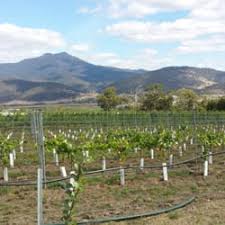 Image is courtesy of Stefano Lubiana Winery Image is courtesy of Stefano Lubiana Winery Stefano Lubiana Wines is led by Stefano (Steve) Lubiana, a fifth- generation winemaker. The family biodynamic vineyards, which were established in 1990, are located at the foothills of the Derwent River estuary and consist mainly of Pinot Noir and Chardonnay grapes. The first sparkling wines were produced in 1993. Stefano Lubiana NV Brut Reserve is a multi-vintage blend of Chardonnay and Pinot Noir made in the traditional method using a combination of oak and stainless steel during fermentation. The wine spends 22 months of aging on lees in the bottle that contribute to the depth and character of the wine. The color is straw yellow with fine bubbles and a smooth texture. Aromas of fresh citrus, floral and nuts segue onto the palate with toast, spice and a hint of lemon zest on the finish. This is a crisp and beautifully balanced wine. Use this link to order direct from the winery. https;//slw.com.au/ SRP: $38 Alcohol: 12.5% The sparkling wines of Tasmania are expressive and impressive! And since I don’t see a trip planned to Tasmania in my foreseeable future, I look forward to the day when Tasmania’s sparkling wines are available within driving distance of my house! Hurry up Tasmania…we’re waiting!
October is Breast Cancer Awareness month. However, we should be “aware” all twelve months of the year! I am reposting a story that I wrote last year at this time with a few minor updates. We need to put an end to a disease that affects hundreds of thousands of families across the U.S. each year, including mine. My love for sparkling wine and passion for supporting Breast Cancer Awareness has me singing the praises of “Pink Cork for the Cause”. Mionetto USA is running this program for the third year in a row. Having donated a total of $70,000 last year to charities committed to fighting breast cancer and supporting survivors and their families, Mionetto USA launched “Pink Cork for the Cause” on September 1st. By purchasing Mionetto Prosecco Brut DOC or Mionetto Gran Rosé, you have a chance to win a pink 5-speed hand mixer if you find a pink cork in any of these promotional bottles. All winners will be automatically entered into a Grand Prize Drawing for the chance to win a $10,000 charitable donation by Mionetto USA made to the breast cancer charity of the winner’s choice. There will be a total of four grand prize winners across the US. Enore Ceola, managing director and CEO of Mionetto USA, said “Now in its third year, ‘Pink Cork for the Cause’ represents our long-term commitment to the fight against this disease and to giving back to our family of loyal customers, many of whom are among those affected”. Francesco Mionetto founded Mionetto winery in 1887. It is located in the village of Valdobbiadene, just north of Venice. The winery has been one of Italy’s foremost producers of Prosecco wines for more than 125 years. Francesco’s brothers joined him in the business, building and establishing the winery’s presence. However, all three brothers were called to serve in WW1, leaving the winery unattended and unfortunately it sustained heavy damage. Francesco’s grandsons, Giovanni and Sergio Mionetto, after taking over the winery in 1961, began rebuilding it. Today, Alessio Del Savio is master vintner who studied as Sergio Mionetto’s protégé for more than 15 years. Alessio continues the winemaking tradition of producing high quality sparkling wine. The Prosecco Brut DOC Treviso is made with Glera grapes and has a pale straw color. The nose is filled with aromas of pear, honey crisp apples and apricot. It is light and crisp on the palate with a dry and pleasingly fruity taste and hints of pear and lemon on the finish. Alcohol: 11% The Mionetto Gran Rosé is made with a blend of grape varieties selected from Veneto and Trentino region. The color is a combination of bright salmon and peach. A pleasing bouquet of fresh fruit, raspberry and pink grapefruit are prominent. The palate offers strawberry, raspberry and hints of succulent peach. Well-balanced acidity with a dry and enjoyable finish. Alcohol: 11.5% In addition to the “Pink Cork for the Cause” program, another incentive to purchase these sparkling wines is that they pair well with light appetizers, fish and desserts. They also make a great aperitif. With a suggested retail price under $15 and the holidays approaching, these are great sparkling wines to have on hand.
Now go and find a pink cork before the program ends on October 31, 2017! Cheers! Penina One of the joys of summer for me is creating and feasting on a variety of salads that include produce from my garden. With a friend stopping by for lunch today, I took inventory of what I had in my kitchen and then purchased fresh shrimp to add to the mix. I quickly made a marinade of olive oil, lemon zest, grated Romano cheese, oregano, chili and a pinch of salt. Then I gently coated the shrimp with the mixture and baked them on a cookie sheet for about 8 minutes. After drizzling a little lemon juice over the shrimp, they were added to the salad which consisted of romaine, arugula, spinach, tomatoes, avocado, eggs, peppers, strawberries and blueberries. It was colorful and quite tasty. To accompany the meal, I opened a bottle of Pasqua Prosecco Treviso. Pasqua Vigneti e Cantine was founded in 1925 in Verona, Italy, when the first generation of Pasqua brothers established a wine trade business. Within a few years, they purchased vineyards in the Verona area and became a winery. In the 1960s, the second generation became involved and concentrated on exportation and improving wine-making techniques and quality. They also established a research center for vines, grafting techniques and vineyards. The third generation now leads the company and sells wines in over 50 countries around the world. Pasqua Prosecco Treviso is a sparkling wine made with 100% Proscecco (also called Glera) grapes from the vineyards in the province of Treviso. The soil is predominantly clay and loam with a large quantity of minerals and microelements making it an ideal terrain for growing grapes for sparkling and semi-sparkling wines. This particular soil gives the wine its unique characteristics. The Charmat method is used to make this sparkling wine in which secondary fermentation takes place in steel autoclave tanks. The wine is pale straw in color with subtle aromas of fruit such as pear and stone fruit. The palate offers apple, pear and lemon notes with a creamy texture. This is a fresh and nicely balanced wine that is easy to drink, making it an excellent choice for an aperitif. It paired beautifully with our lunch. Alcohol: 11% In addition to Prosecco, Pasqua Vigneti e Cantine produces high quality Veneto and Italian wines. I look forward to tasting these wines soon!
Cheers! Penina To leave a comment or if you have an inquiry, please contact me at [email protected]  When I think of England, images of Stonehenge, Tower of London, Windsor Castle, Queen Elizabeth, the Royal family, the Beatles and Rolling Stones all come to mind, but certainly not wine! 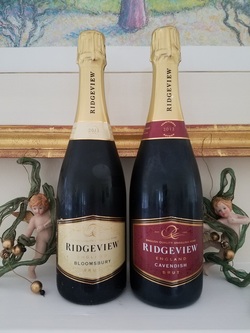 So you can imagine my surprise when I opened my latest wine delivery of sparkling wines from Ridgeview Wine Estate in Sussex, England! 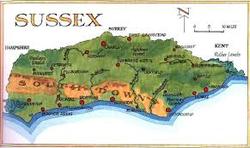 Mike and Christine Roberts founded Ridgeview Winery in 1994 located in the southeastern corner of England. The original vineyard is located at the foot of the South Downs in Sussex. Thirteen French clones of Chardonnay, Pinot Noir and Pinot Meunier on three different rootstocks were planted. Since then production has been expanded to include a partnership with growers who are mostly in or adjacent to the South Downs National Park. The winery’s sole focus is the production of high quality sparkling wines using state of the art equipment and traditional winemaking methods. With the champagne region just 88 miles south of Sussex, Ridgeview experiences the same climate which is ideal for growing Chardonnay, Pinot Noir and Pinot Meunier. Mike Roberts once said “To me, it was obvious that sparkling wine was the way to go because what you get here in Sussex (and in Champagne) is fully ripe grapes with great flavor, but which aren’t high in alcohol, as this prevents fermentation, which creates fizz. Because we get cold nights even in summer, English grapes have super-acidity – the hallmark of a good sparkling wine”. Mike passed away in 2014 leaving the family business in the very capable hands of the second generation. His son Simon, the winemaker for the past fifteen years, his daughter Tamara, CEO, daughter-in-law Mardi who manages marketing and sales, and son-in-law Simon who is technical manager, continue the family’s passion and dedication in producing the finest Traditional Method English Sparkling Wines. As already mentioned, climate is an important factor in sparkling wine production. The terroir also plays an important role in producing quality grapes for sparkling wine. Sussex and the surrounding regions enjoy the same type soil as found in Champagne, with chalk having a commanding influence that affects the flavor and aroma of the wine. In addition to the chalk of the South Downs, limestone, green sandstone and clay are also key elements of the terroir. It is interesting to note that every bottle of Ridgeview’s sparkling wines bear the trademark “Merret” represented by a gold seal. This is in honor of Christopher Merret, an Englishman who in 1662 was the first person to record the process of the traditional method of making sparkling wines, at least thirty years prior to the technique being documented in Champagne! Ridgeview 2013 Cavendish is the winery’s Traditional Blend. Pinot Noir and Pinot Meunier dominate this blend with notes of Chardonnay. The color is light gold with subtle aromas of red fruit. Fine bubbles, bright acidity and freshness give way to a long smooth finish with hints of chalk and lemon zest. Alcohol: 12% Ridgeview 2013 Bloomsbury is the winery’s Signature Blend. Chardonnay is dominant with Pinot Noir and Pinot Meunier playing a minor role but giving the blend fullness. This wine is also light gold in color. Aromas of citrus, apple and honey segue onto the palate giving way to hints of toast and lemon zest on the finish. Fine bubbles and a creamy mouth-feel persist giving this wine a lot of character. Alcohol: 12% http://www.ridgeview.co.uk These sparkling wines are very expressive, beautifully balanced and quite elegant. Pick up a few bottles to give out for the holiday or treat yourself and pop open a bottle. England…who’d a thought! Bravo!
Cheers! Penina 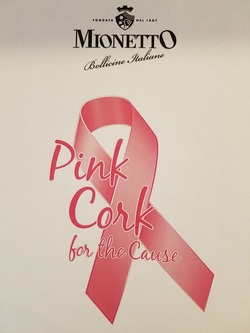 My love for sparkling wine and passion for supporting Breast Cancer Awareness has me singing the praises of “Pink Cork for the Cause”. Mionetto USA is running this program for the second year in a row. Having donated a total of $40,000 last year to charities committed to fighting breast cancer and supporting survivors and their families, Mionetto USA launched “Pink Cork for the Cause” on September 1st. 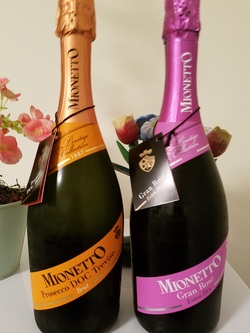 By purchasing Mionetto Prosecco Brut DOC or Mionetto Gran Rosé, you have a chance to win a pink 5-speed hand mixer if you find a pink cork in any of these promotional bottles. All winners will be automatically entered into a Grand Prize Drawing for the chance to win a $10,000 charitable donation by Mionetto USA made to the breast cancer charity of the winner’s choice. There will be a total of four grand prize winners across the US. Enore Ceola, managing director and CEO of Mionetto USA, said “Now in its second year, ‘Pink Cork for the Cause’ represents our long-term commitment to the fight against this disease and to giving back to our family of loyal customers, many of whom are among those affected”. The program has been extended to November 30th, 2016. Bottles with pink corks are still in stores throughout the USA. Francesco Mionetto founded Mionetto winery in 1887. It is located in the village of Valdobbiadene, just north of Venice. The winery has been one of Italy’s foremost producers of Prosecco wines for more than 125 years. Francesco’s brothers joined him in the business, building and establishing the winery’s presence. However, all three brothers were called to serve in WW1, leaving the winery unattended and unfortunately it sustained heavy damage. Francesco’s grandsons, Giovanni and Sergio Mionetto, after taking over the winery in 1961, began rebuilding it. Today, Alessio Del Savio is master vintner who studied as Sergio Mionetto’s protégé for more than 15 years. Alessio continues the winemaking tradition of producing high quality sparkling wine. The Prosecco Brut DOC Treviso is made with Glera grapes and has a pale straw color. The nose is filled with aromas of pear, honey crisp apples and apricot. It is light and crisp on the palate with a dry and pleasingly fruity taste and hints of pear and lemon on the finish. Alcohol: 11% The Mionetto Gran Rosé is made with a blend of grape varieties selected from Veneto and Trentino region. The color is a combination of bright salmon and peach. A pleasing bouquet of fresh fruit, raspberry and pink grapefruit are prominent. The palate offers strawberry, raspberry and hints of succulent peach. Well-balanced acidity with a dry and enjoyable finish. Alcohol: 11.5% http://www.mionetto.com In addition to the “Pink Cork for the Cause” program, another incentive to purchase these sparkling wines is that they pair well with light appetizers, fish and desserts. They also make a great aperitif. With a suggested retail price under $15 and the holidays approaching, these are great sparkling wines to have on hand.
Now go and find a pink cork! Cheers! Penina |
Categories
All
|

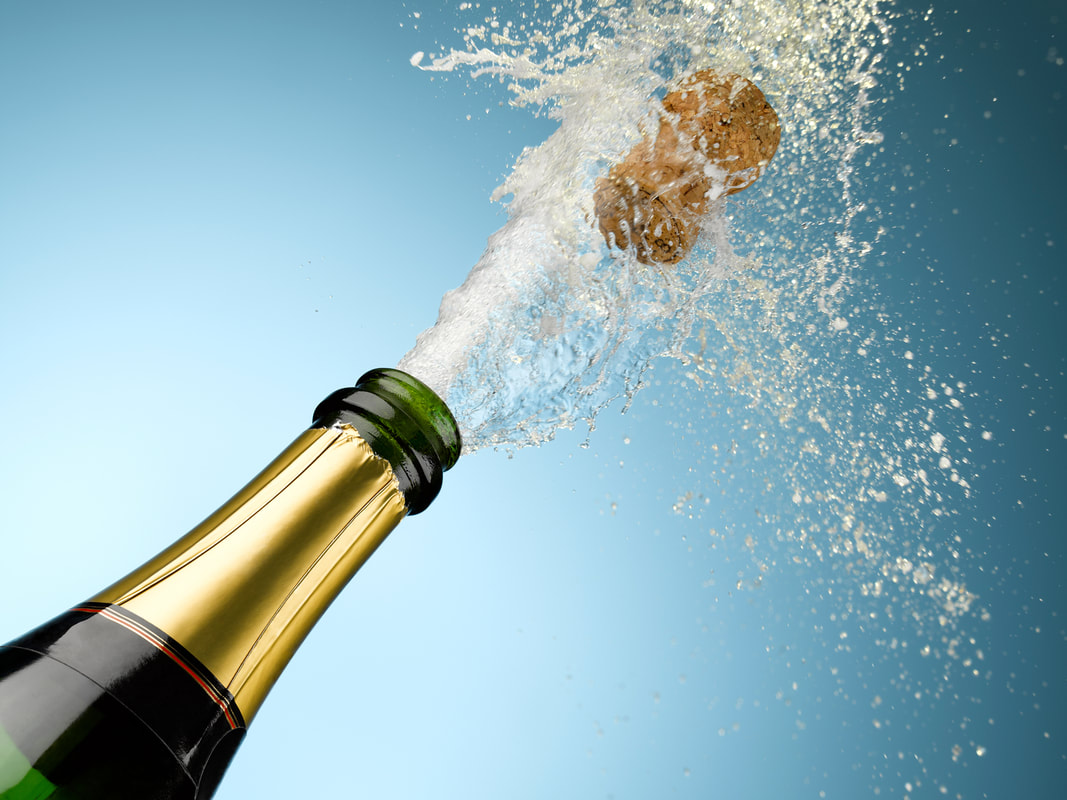
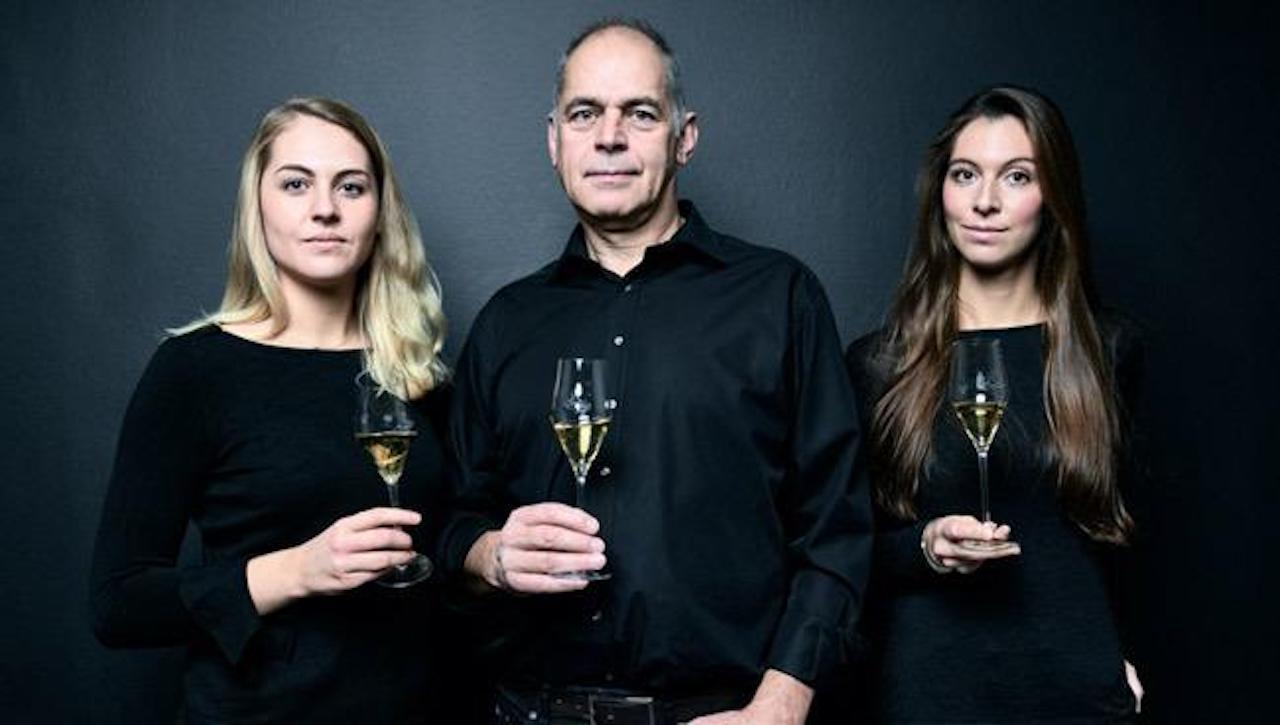
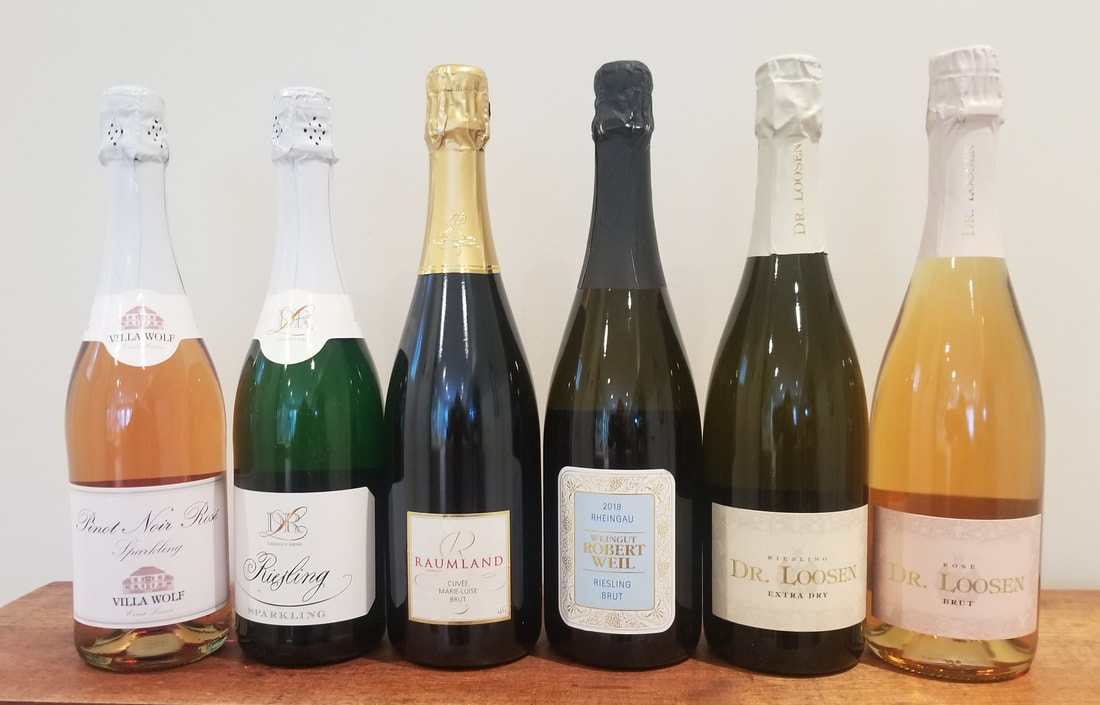
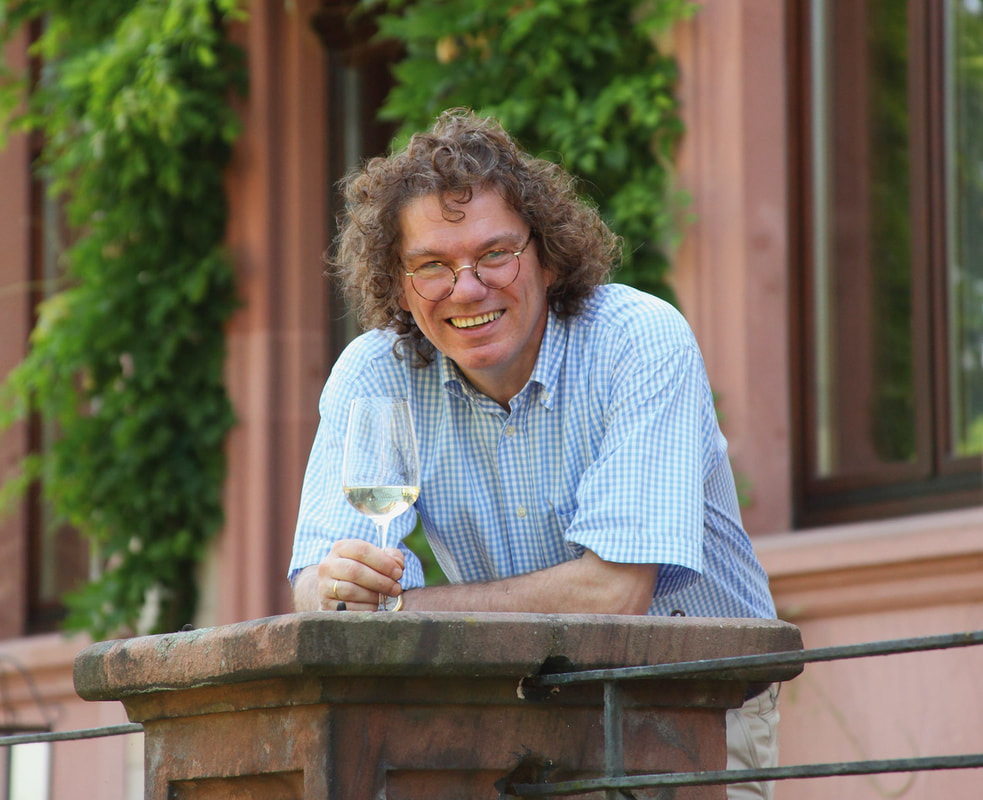

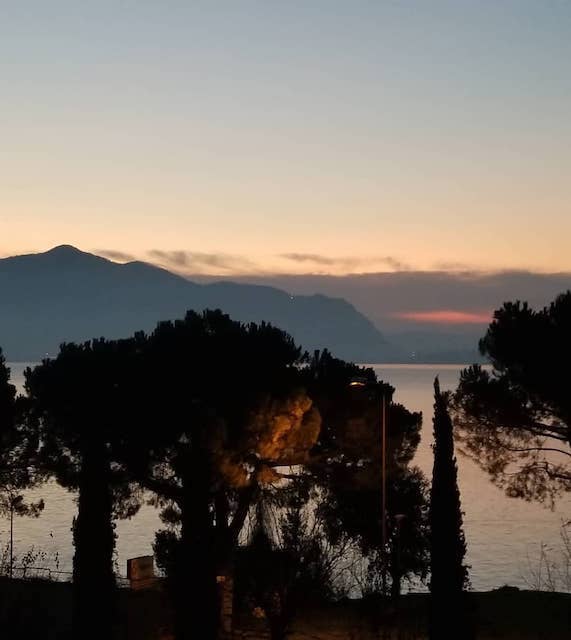
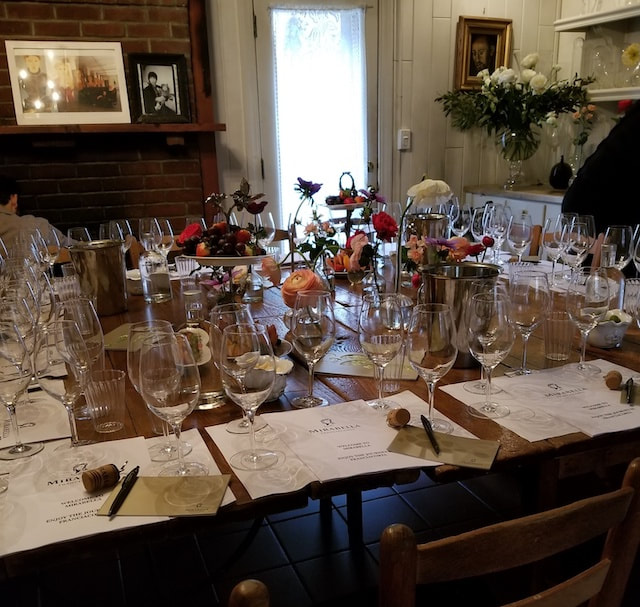
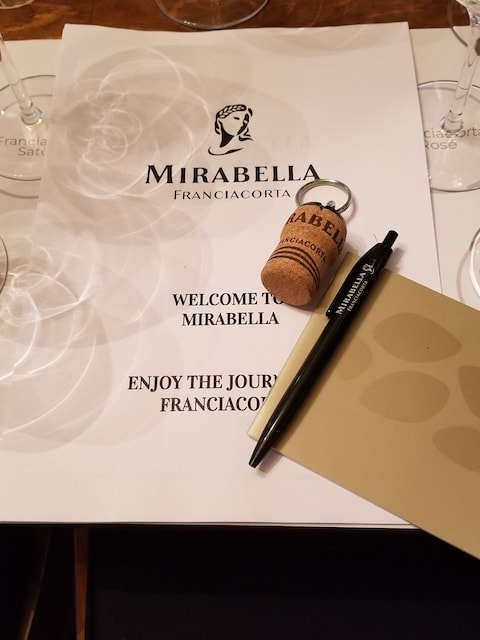
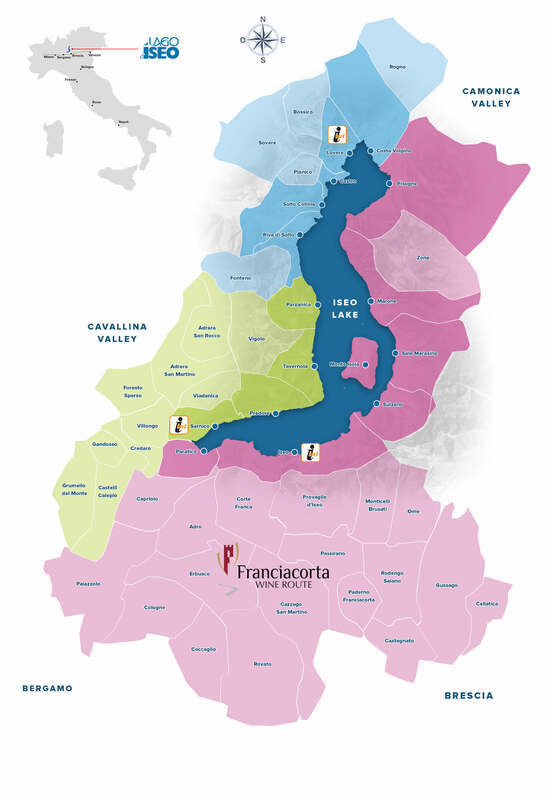

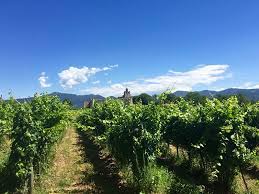
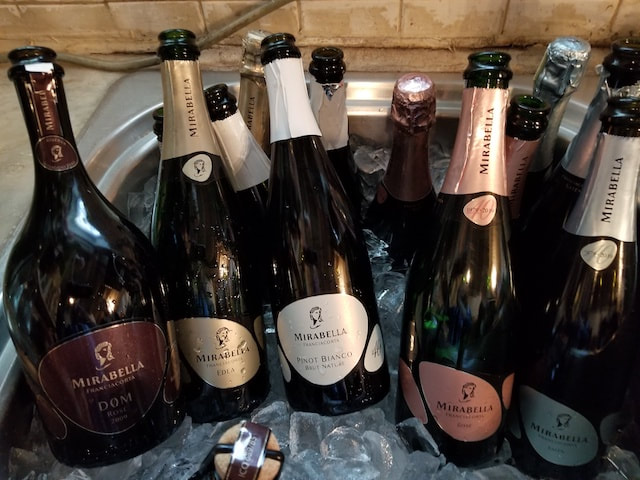
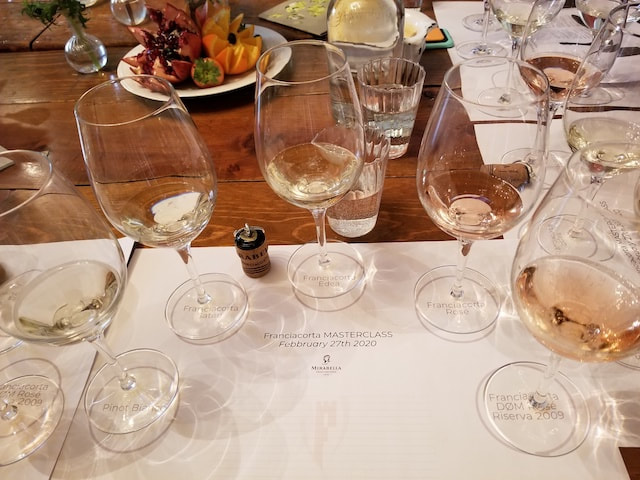
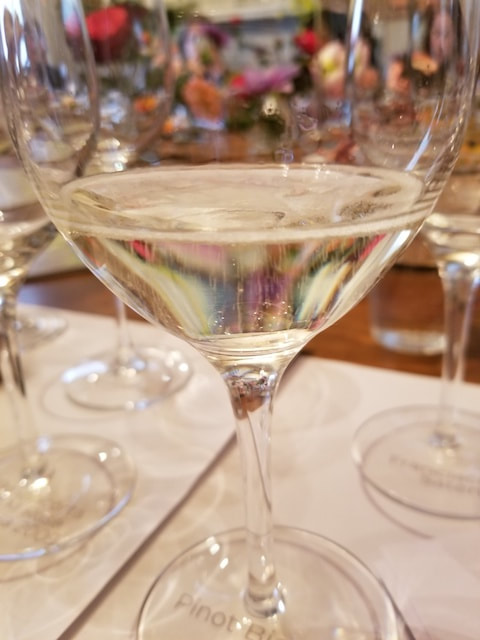
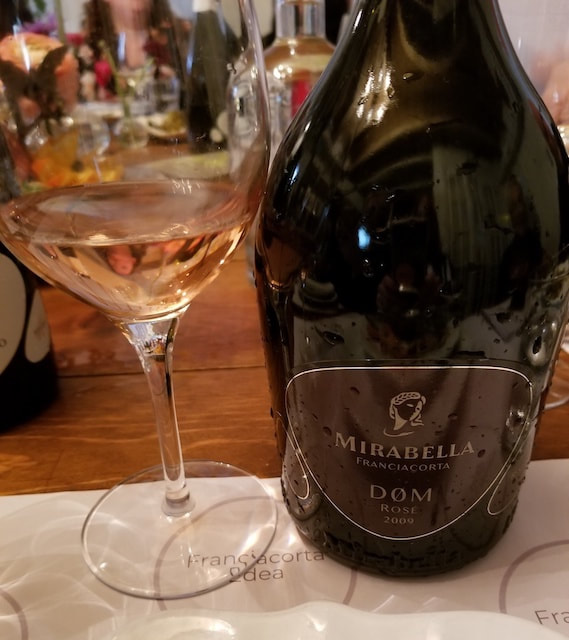
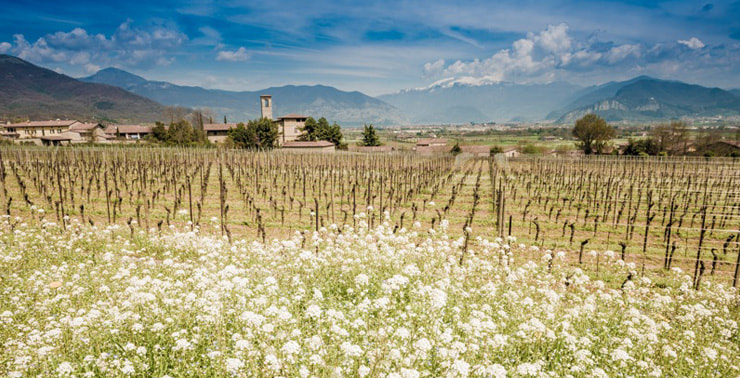
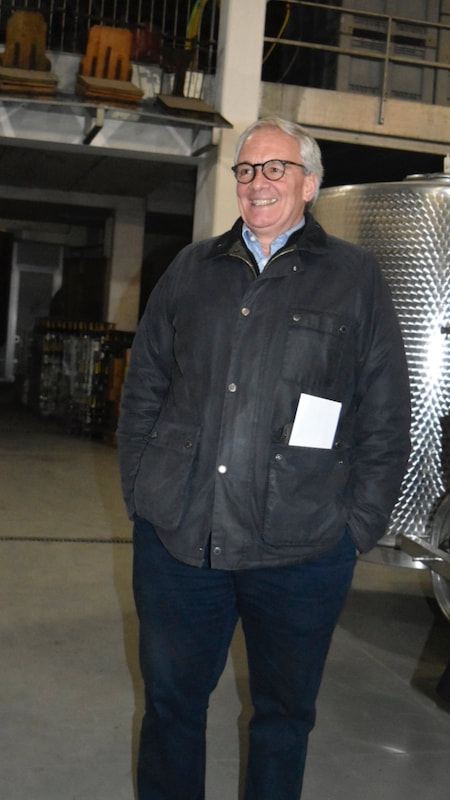
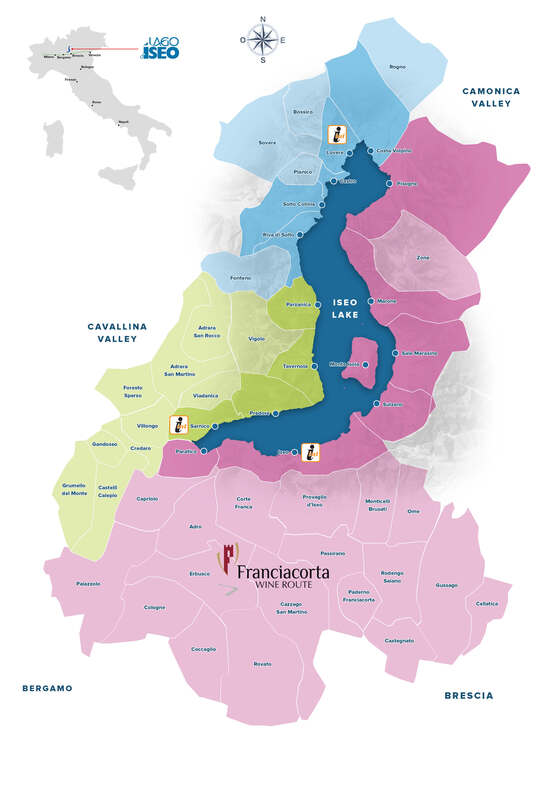

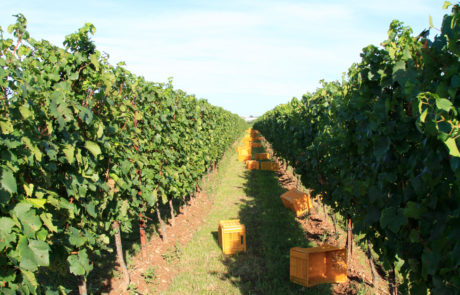
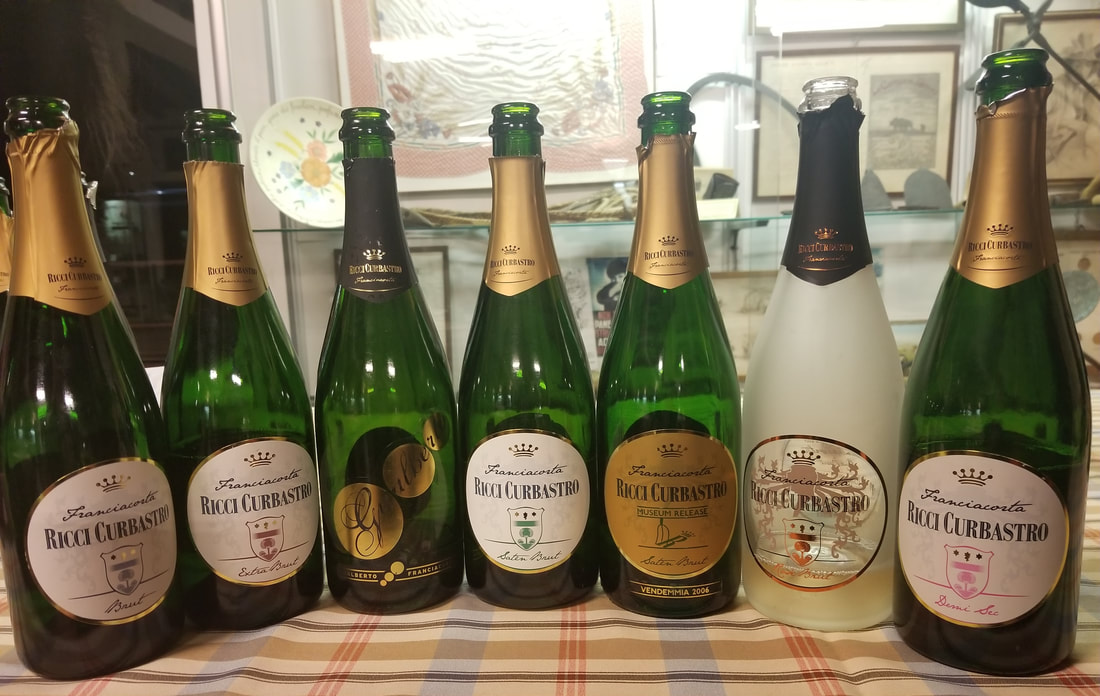
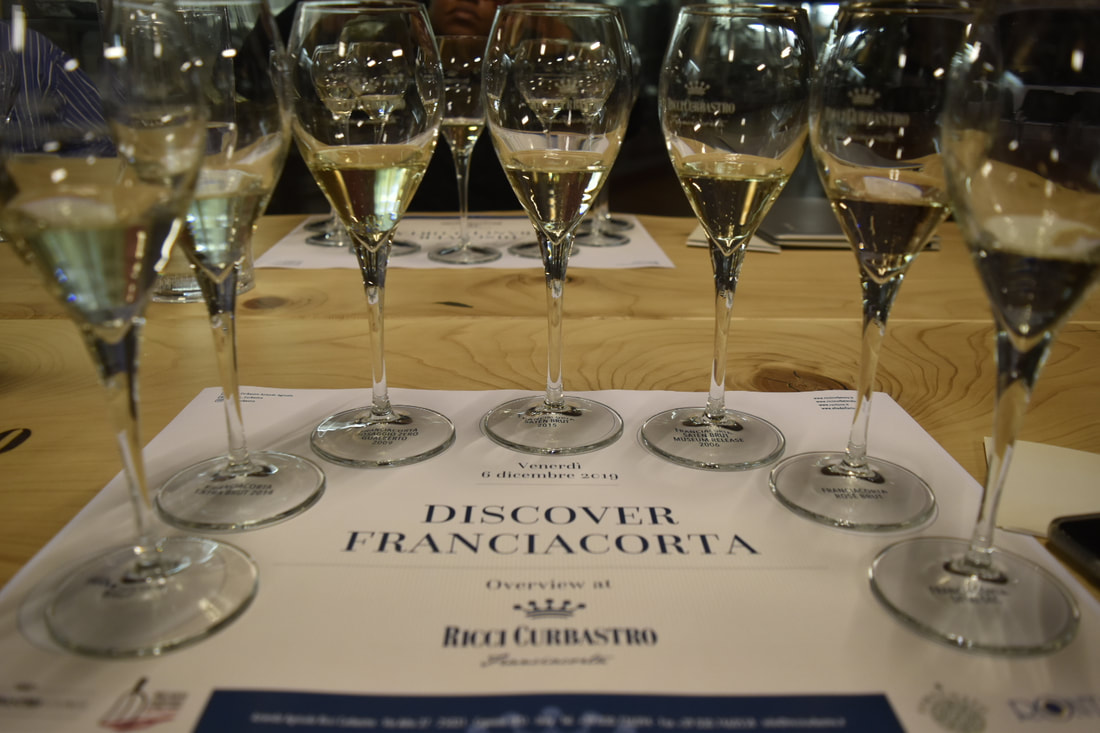
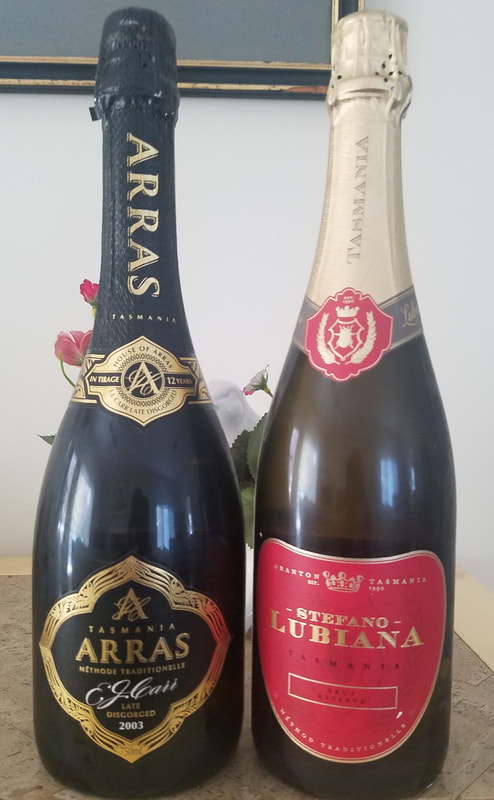
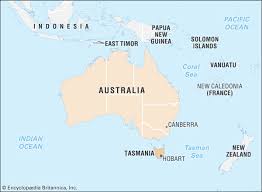
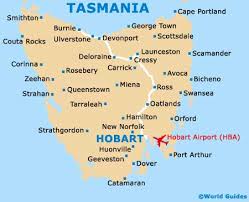
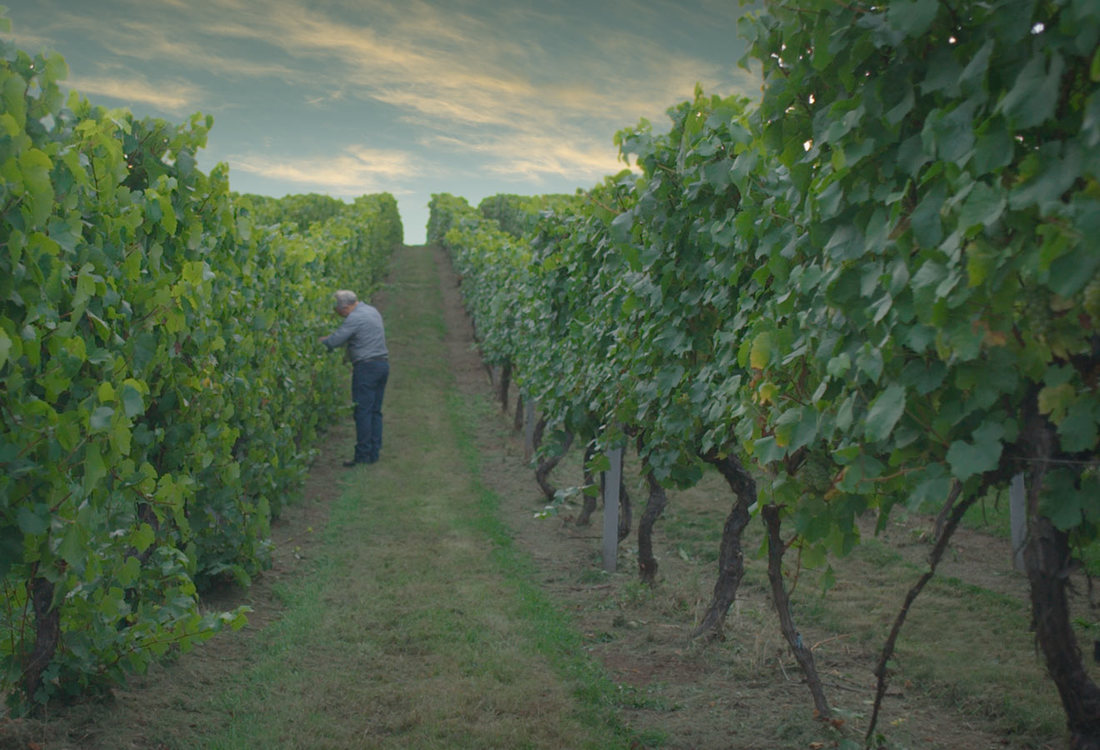

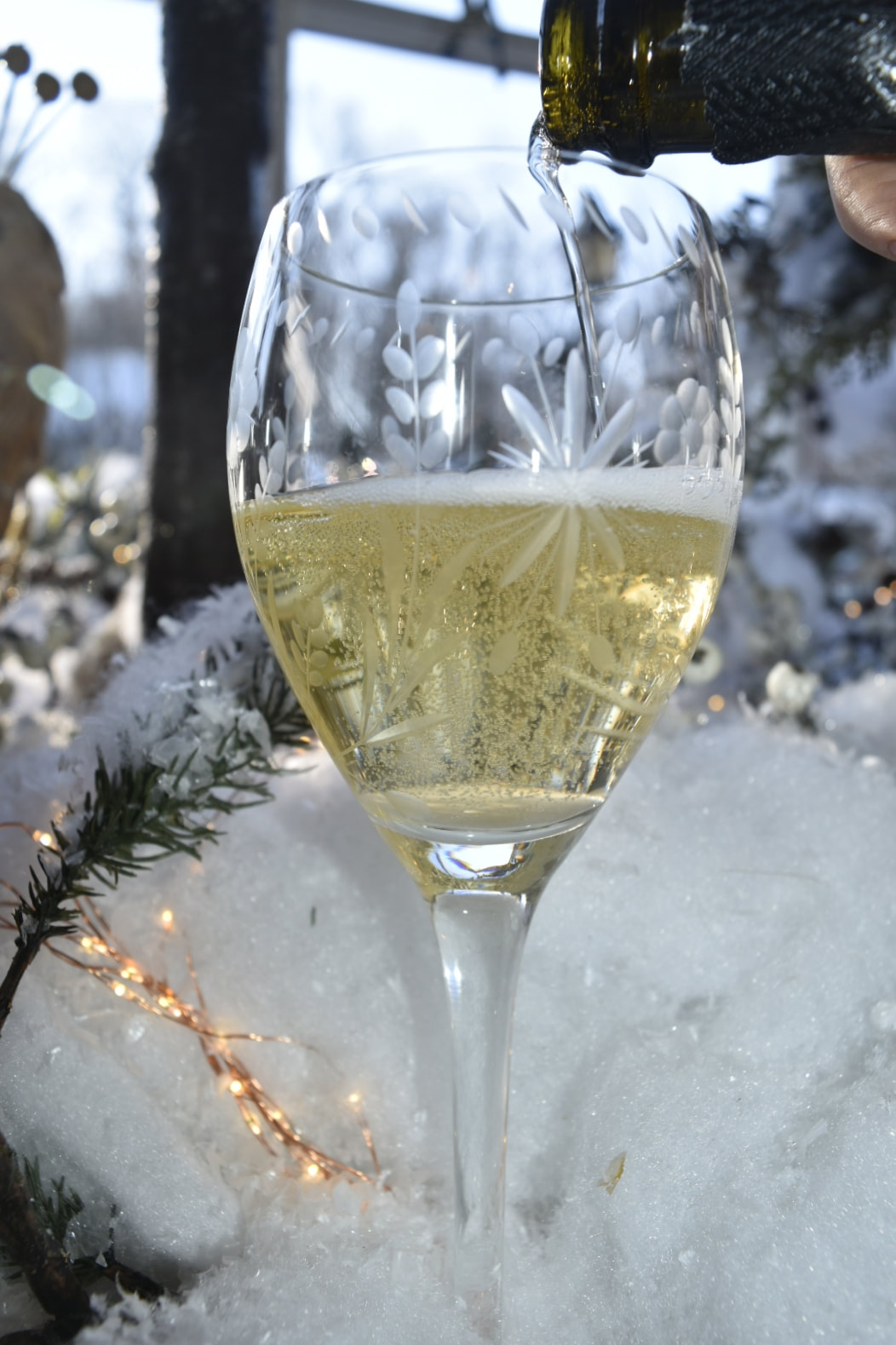
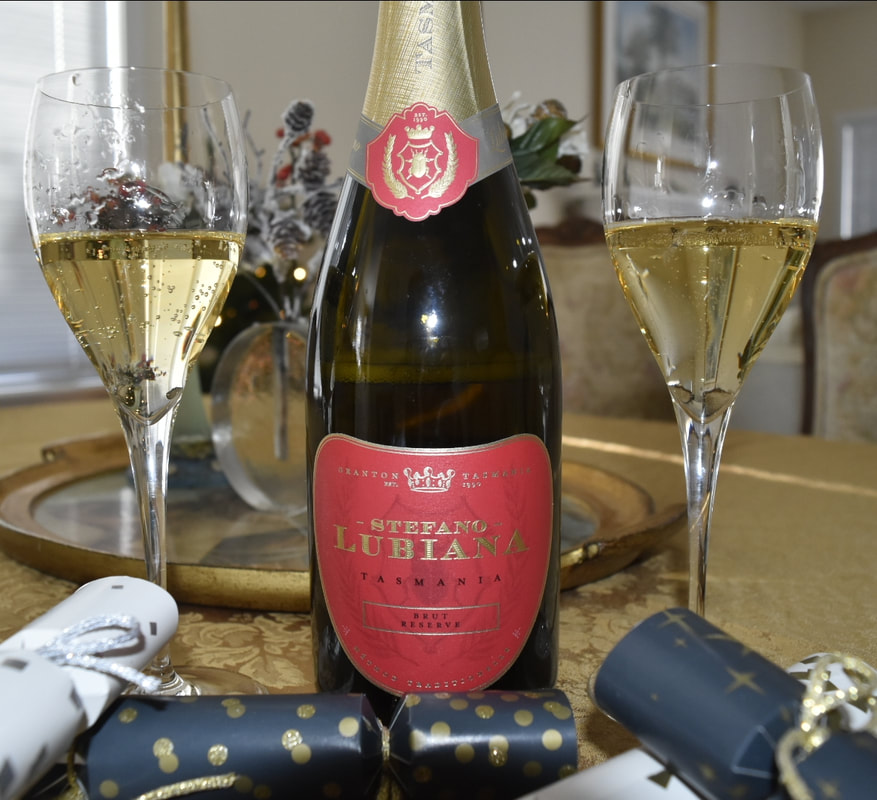
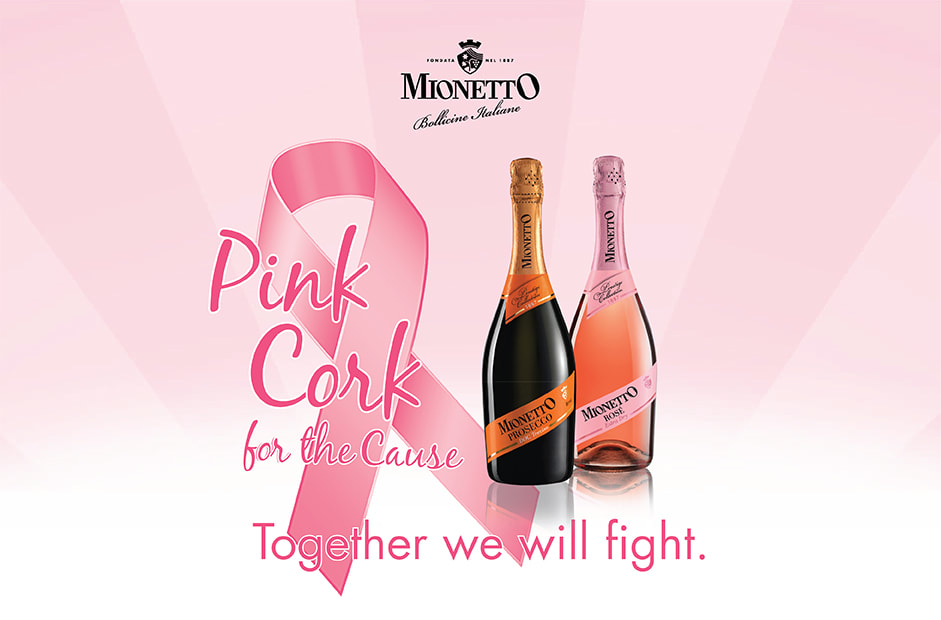
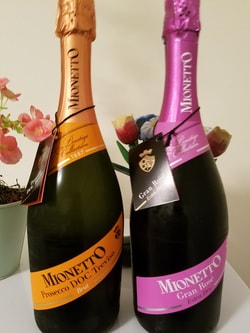
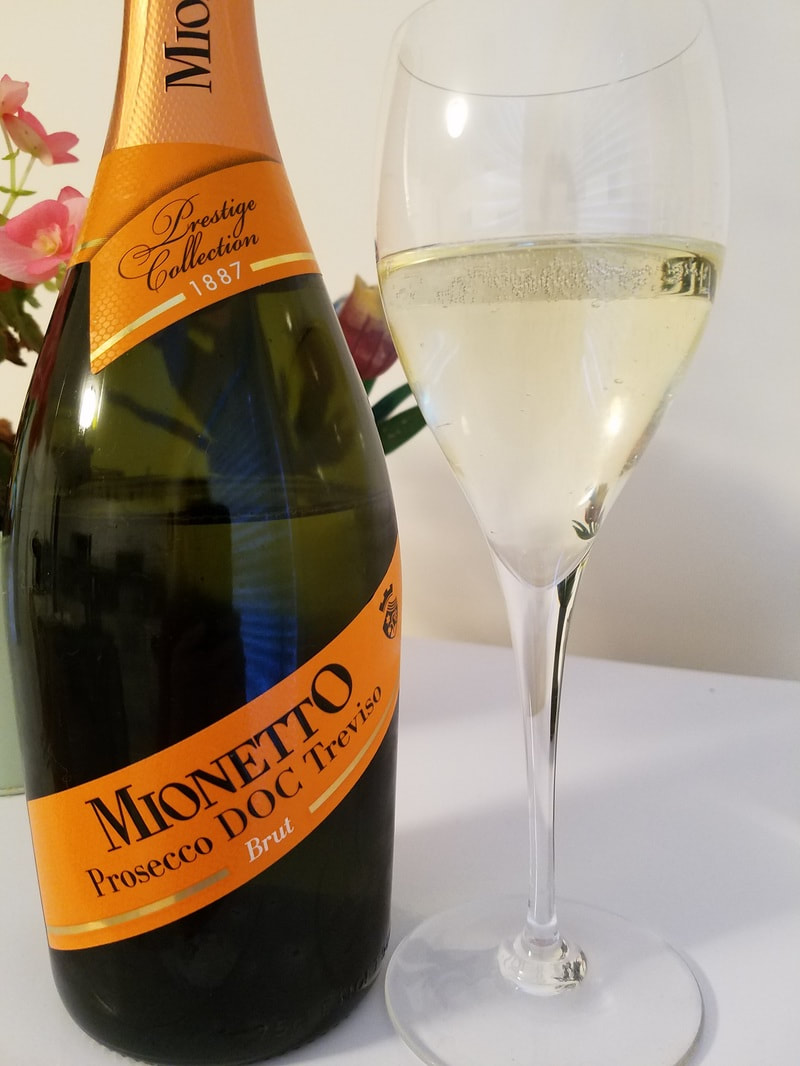
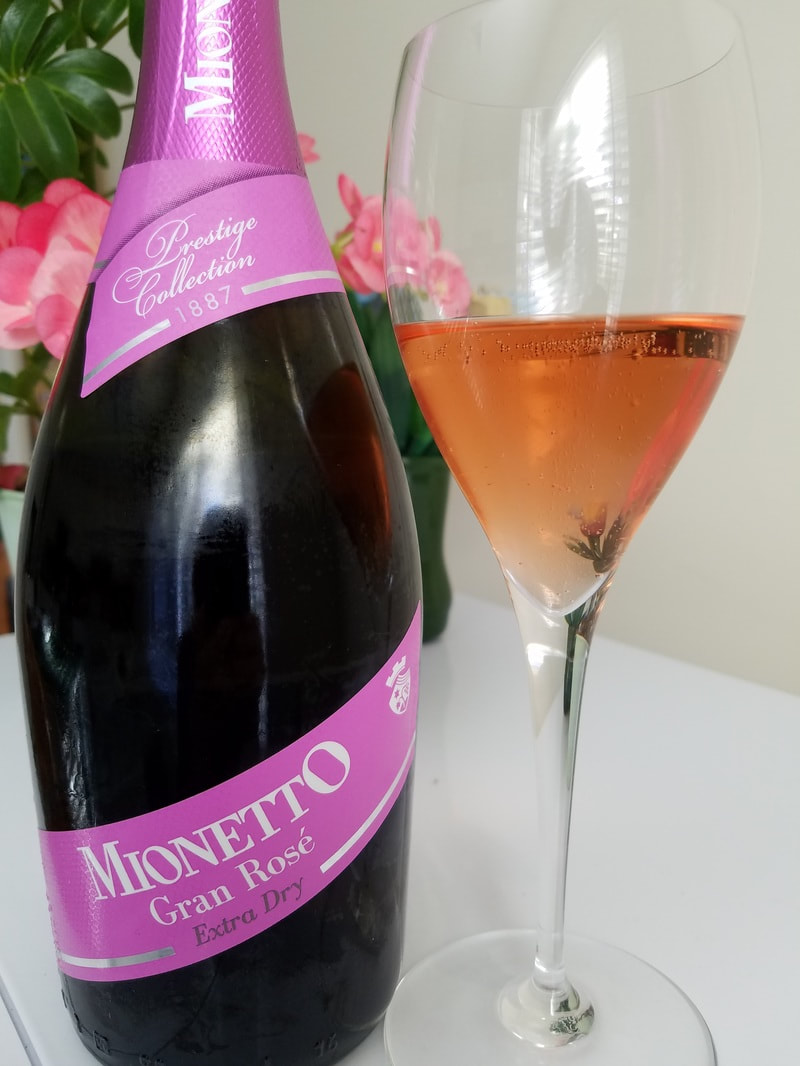
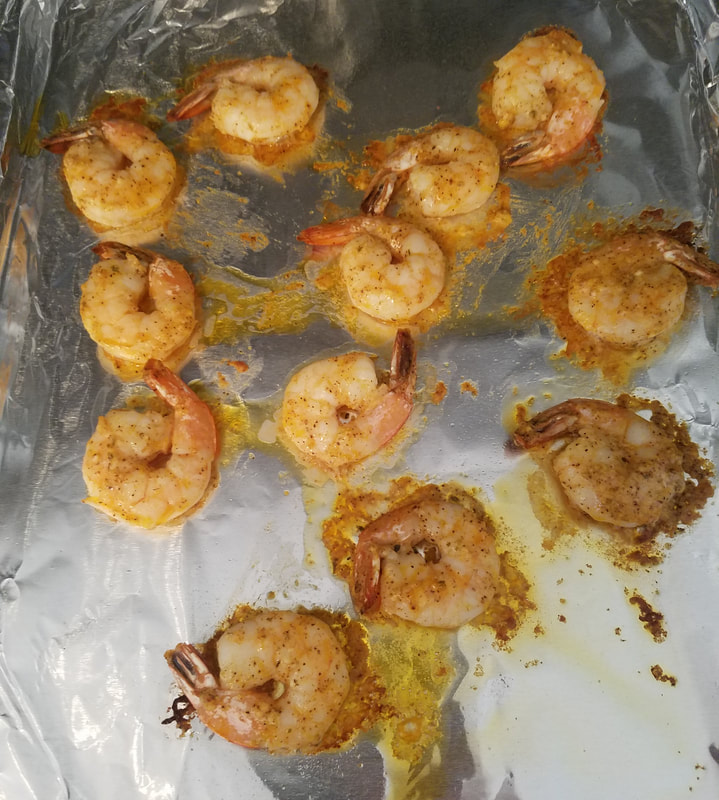
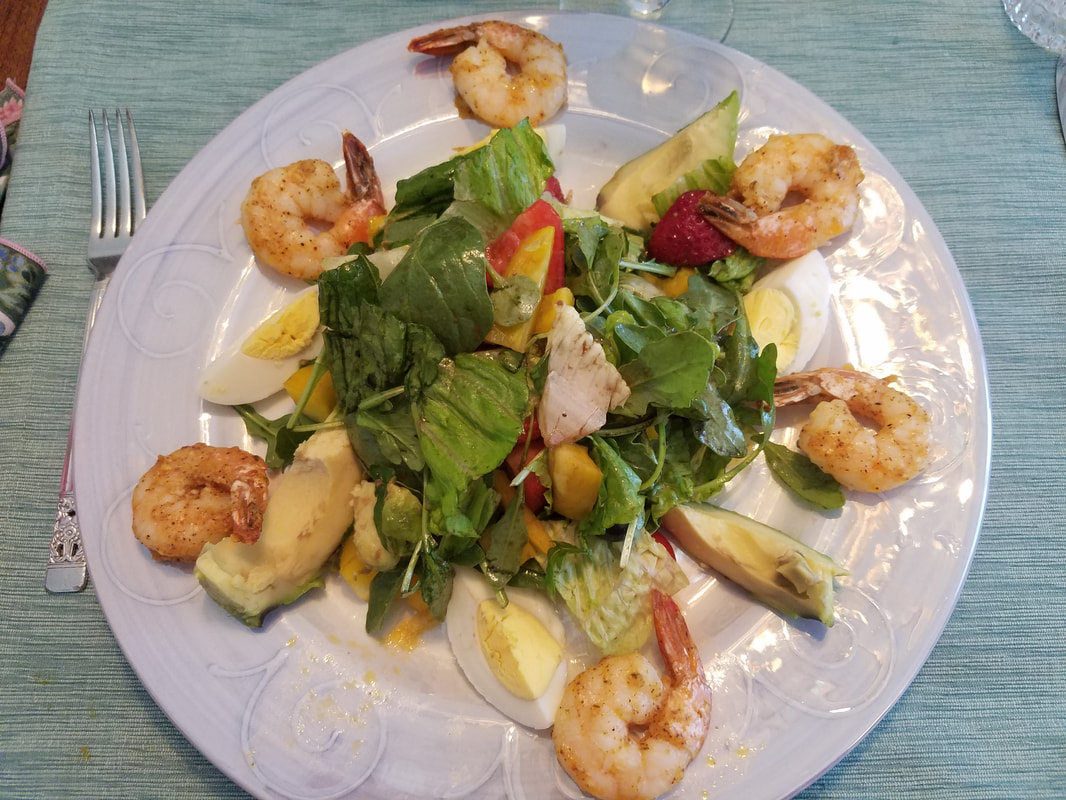
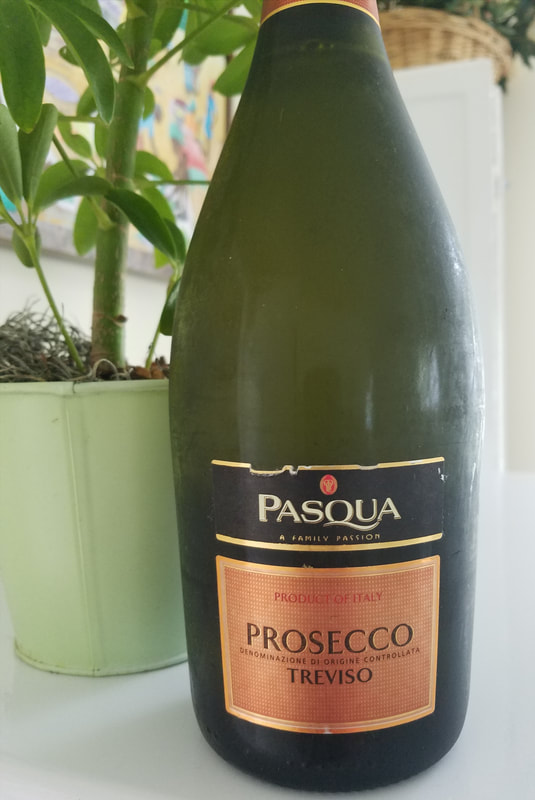
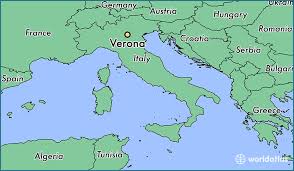
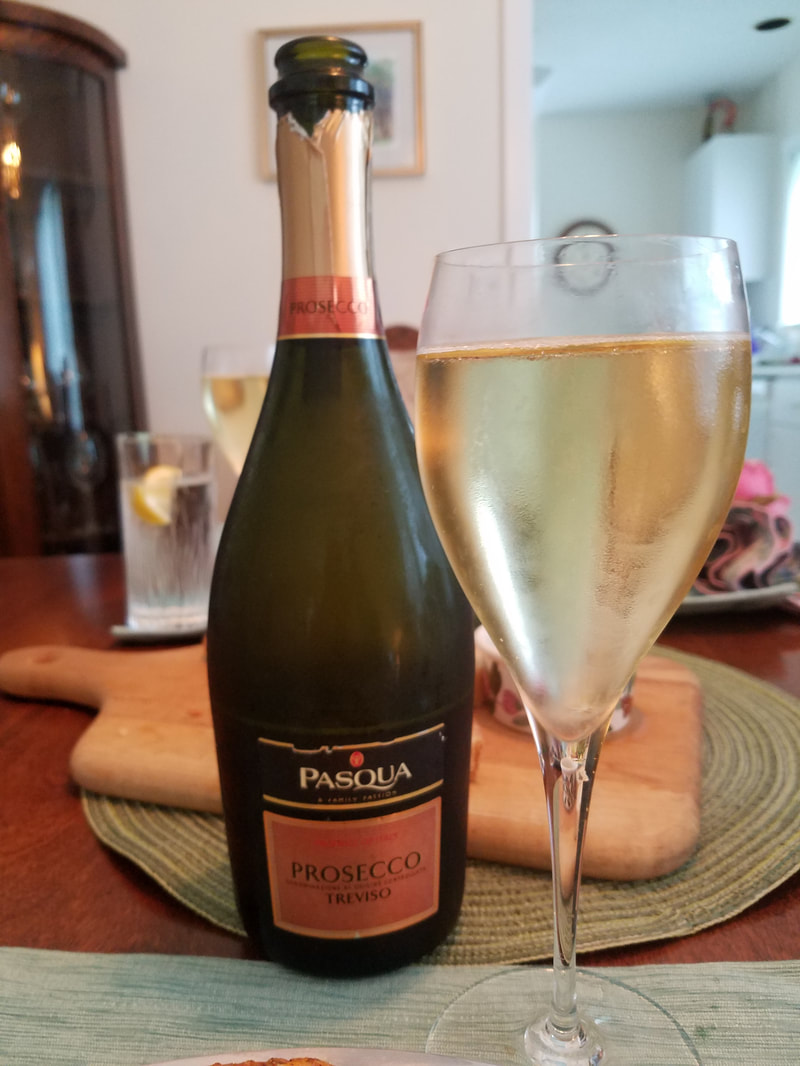
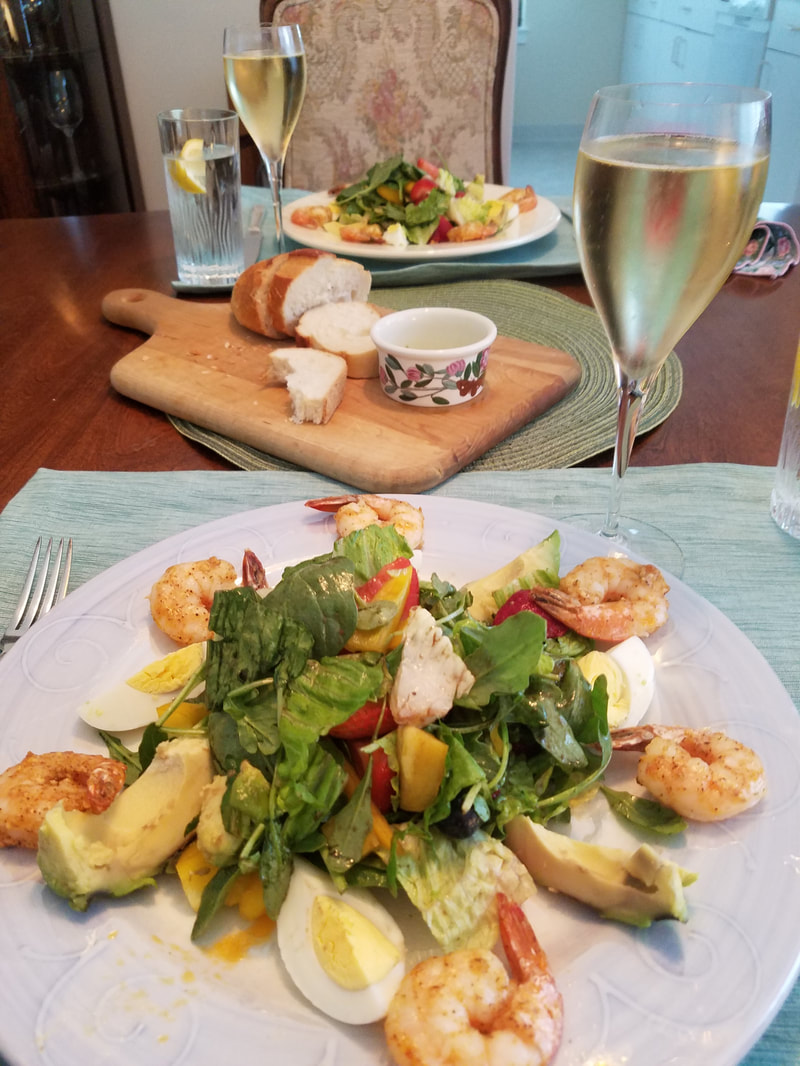
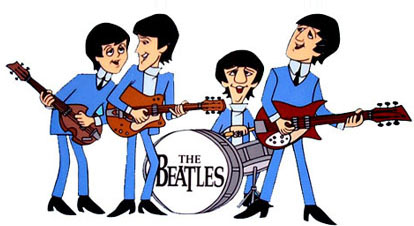
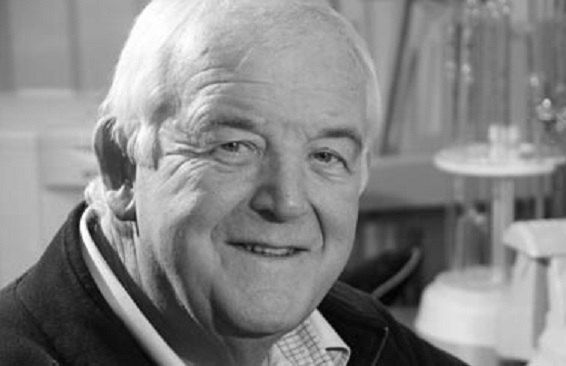
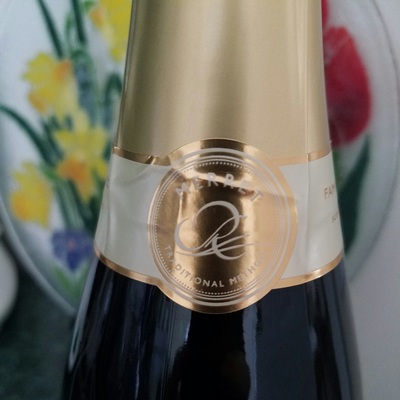
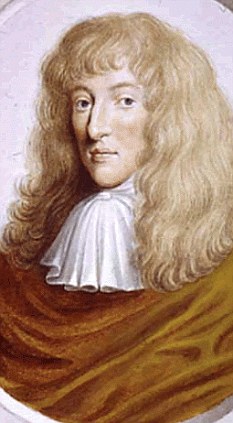
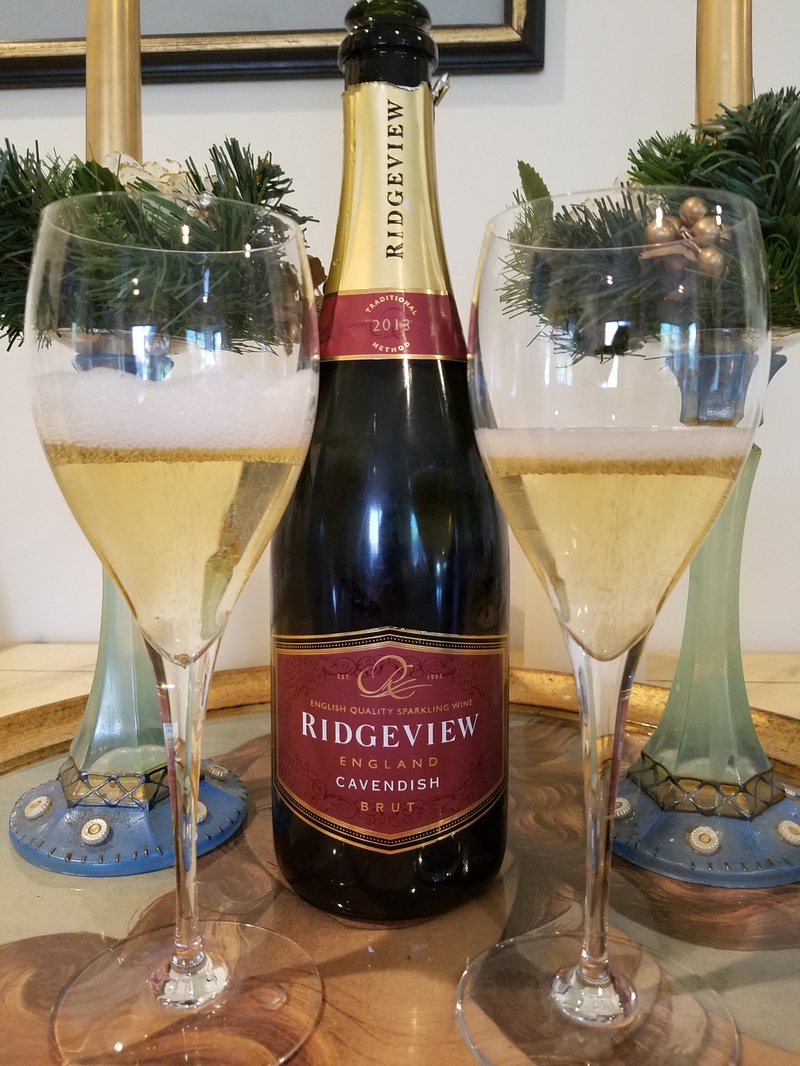
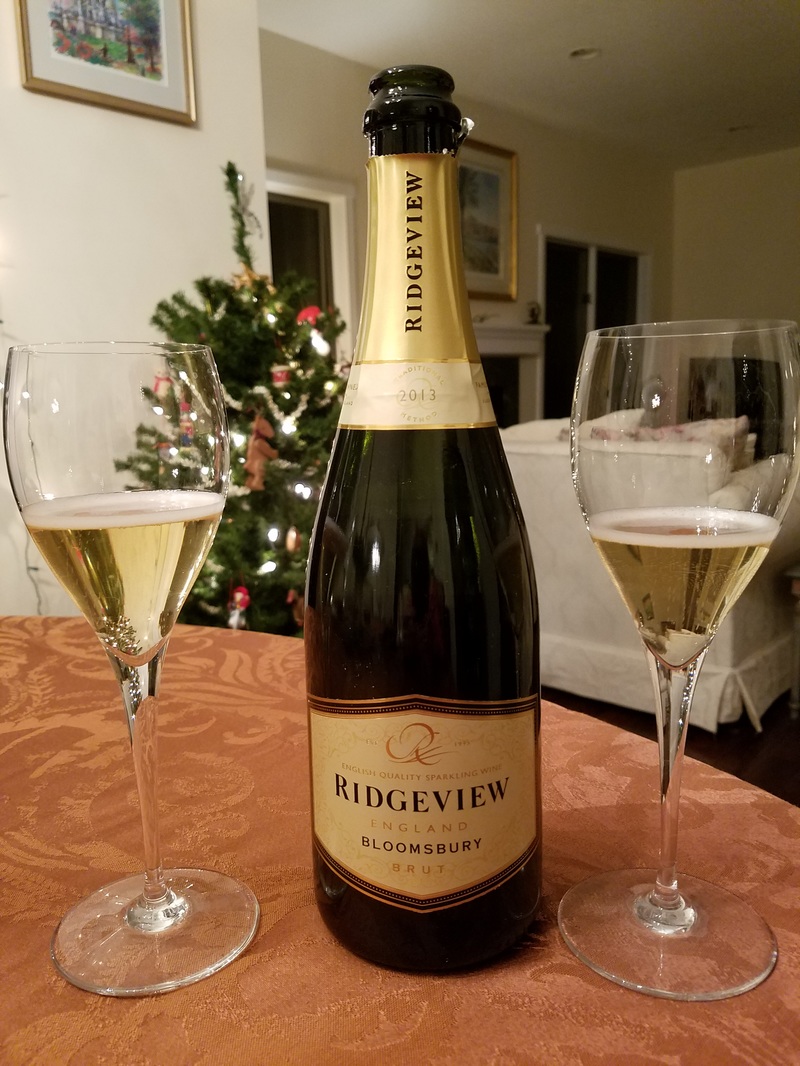

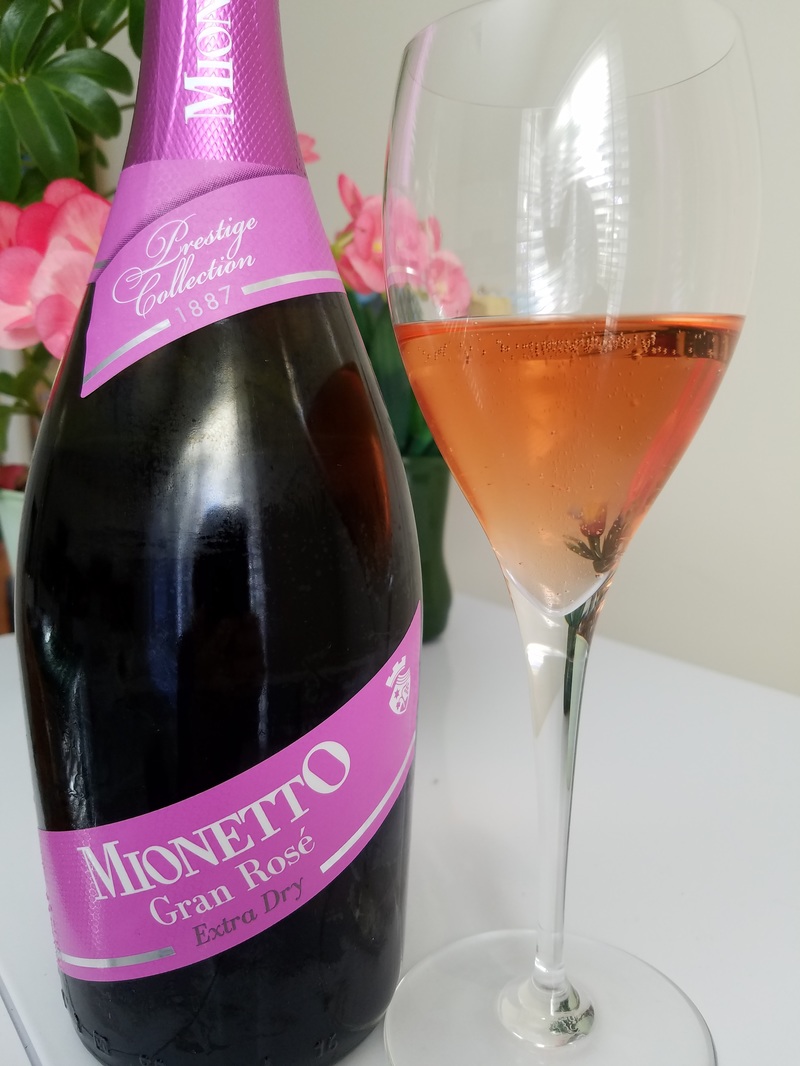
 RSS Feed
RSS Feed